Quiz IV - History of Photography
1/96
There's no tags or description
Looks like no tags are added yet.
Name | Mastery | Learn | Test | Matching | Spaced |
|---|
No study sessions yet.
97 Terms
Large Format Camera
The large format camera, the view camera has taken many forms through the history of photography. There are a variety of sizes for the view camera but typically, today when we think of the view camera we are referring to the 4 X 5 inch negative size.
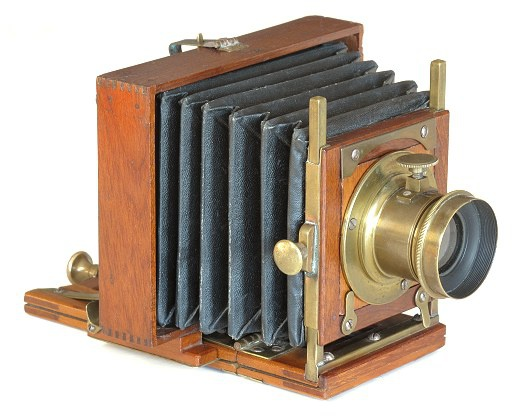
Woodburytype
A woodbury type is a photomechanical process formed by a layer of colored gelatin pressed upon a sheet of paper in a mold. The mold is photographically made from a negative and varies in its thickness according to the light and dark areas of the negative.
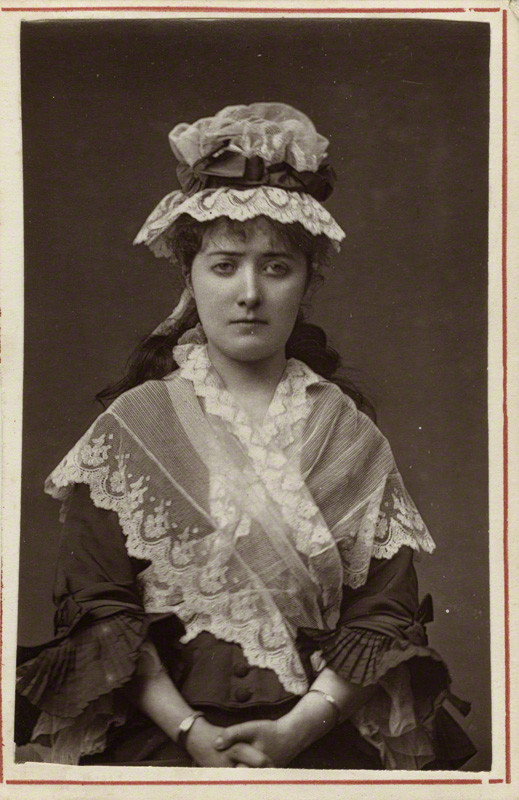
Phrenology
The study of the shape of the human skull, especially with a view to determining character.
This pseudo-science developed in the 19th century and holds that certain characteristics—such as wit, normality, aggression or benevolence—are related to particular parts of the brain and can be recognized by bumps on the contour of the head.
Assessing character from the presence of bumps on the head, developed by F. J. Gall in the nineteenth century.
The Other
The Other is an individual who is perceived by the group as not belonging, as being different in some fundamental way. Any stranger becomes the Other. The group sees itself as the norm and judges those who do not meet that norm (that is, who are different in any way) as the Other.
Ethnographic Photography
Term for the use of photographs in the recording of cultures. In the 19th century, parallel to the Industrial Revolution and the development of technological processes such as photography, European and American travellers systematically explored the colonial territories of the world.
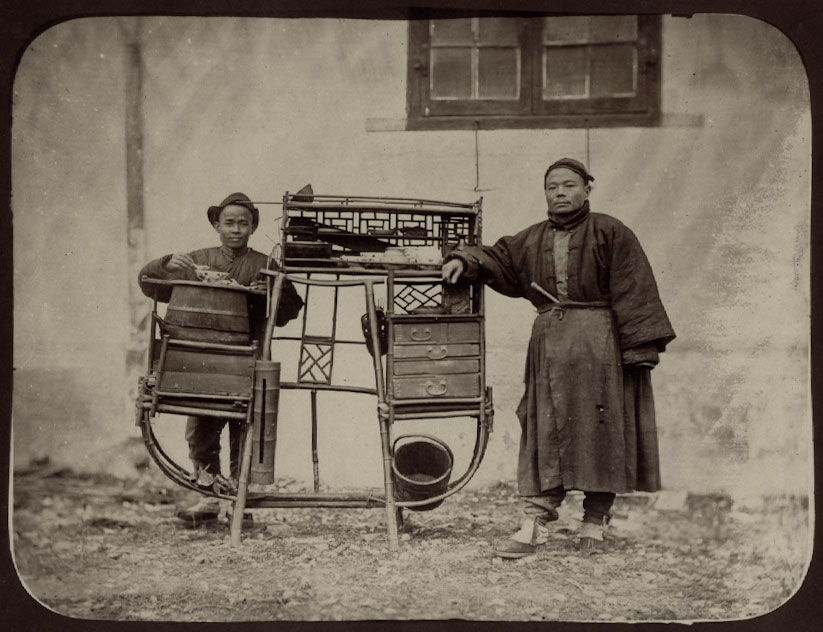
Exceptionalism
"American exceptionalism" is a term used to describe the belief that the United States is an extraordinary nation with a special role to play in human history; a nation that is not only unique but also superior. Alexis de Tocqueville was the first to use the term "exceptional" to describe the United States and the American people in his classic work Democracy in AmericaLinks to an external site. (1835–1840),
Manifest Destiny
The 1840's were years of extraordinary territorial growth for the united States. During a four year period, the national domain increased by 1.2 million square miles, a gain of more than sixty percent. So rapid and dramatic was the process of territorial expansion, that it came to be seen as an inexorable process, prompting many Americans to insist that their nation had a "manifest destiny" to dominate the continent.
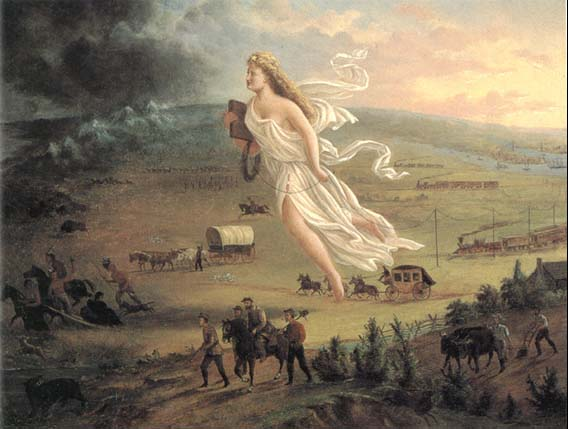
U.S. Geological and Geographical Survey of the Territories
Between 1860 and 1879 four major expeditions sponsored by the U.S government surveyed, mapped, and explored a large geographical region west of the Mississippi River.
Uniformitarianism
Until well into the 19th century archaeology was hampered by the belief, based on the Bible, that the world had been created in 4004 BC, a restriction that required all discoveries to be artificially constricted into an extremely limited timescale. It was not until the middle of the 19th century that the modern discipline of archaeology evolved, when advances in geological thought and, in particular, acceptance of the theory of evolution, freed it from the shackles imposed by the biblical calendar.
The Colossus of Abu Simbel, Nubia, Maxime Du Camp
Bank of Nile at Thebes, John B. Greene
André Jammes and Eugenia Parry Janis, writing in The Art of French Calotype noted: "Greene's work is atypical, however. His monuments and especially landscapes seem distinctly distant, nor do they really seem to be of anything in the normal sense.
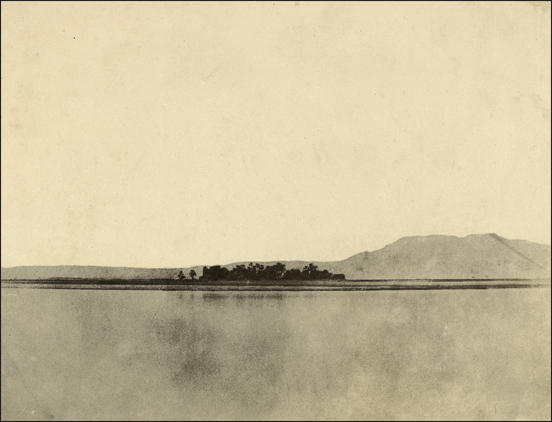
Jerusalem. Enceinte du Temple, Auguste Salzmann
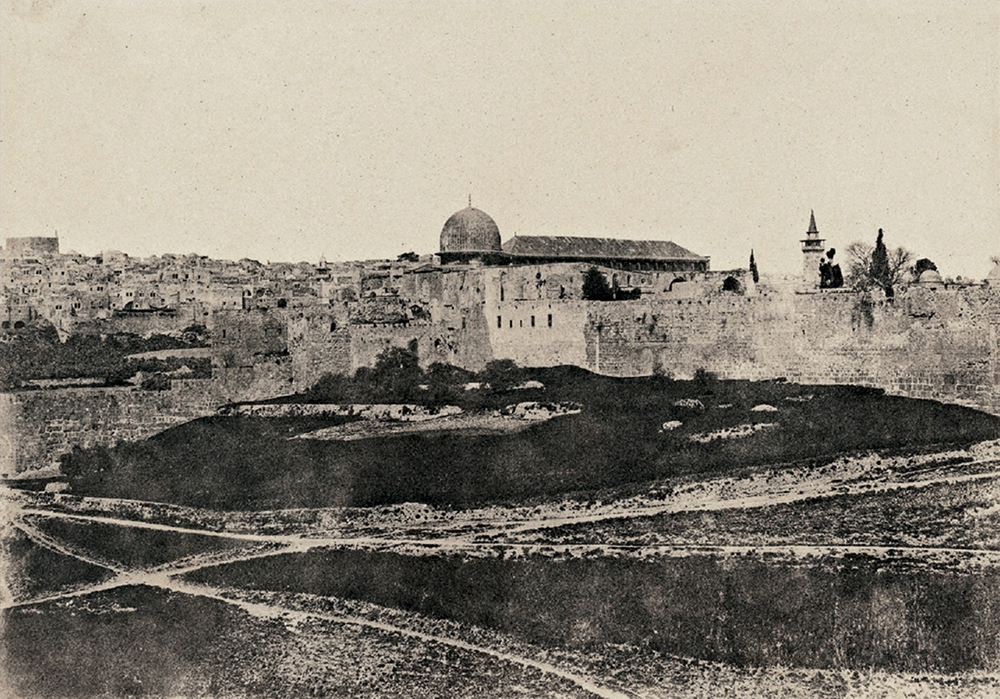
Temples of Nubi, John Shaw Smith
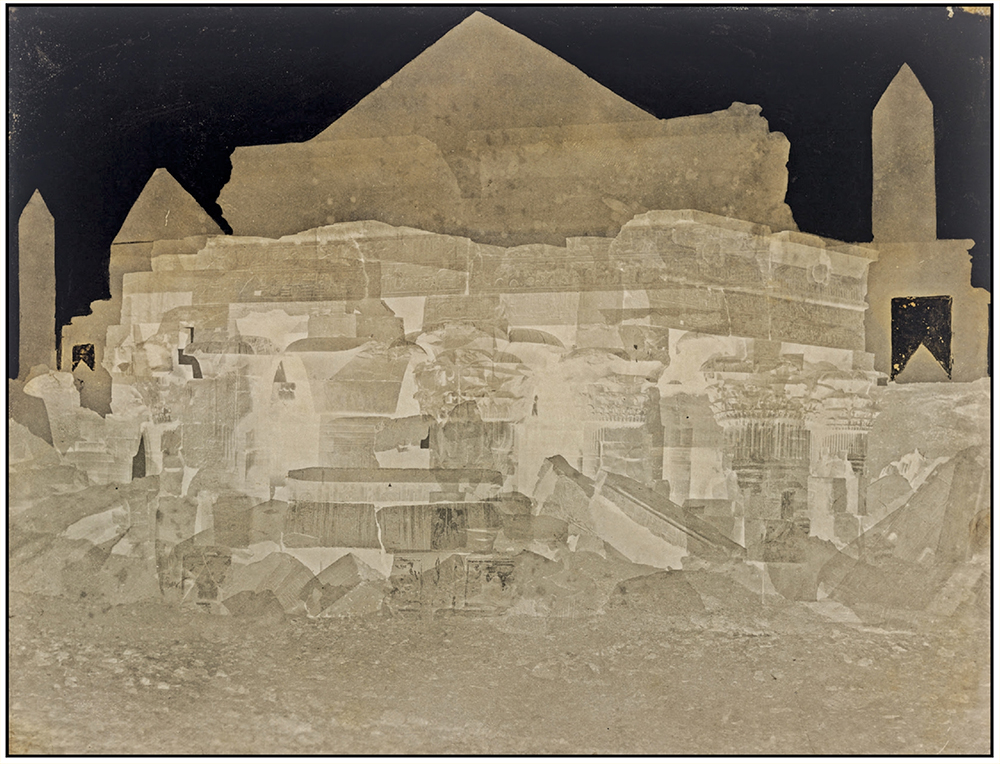
The Sphinx and Great Pyramid Geezeh, Francis Frith
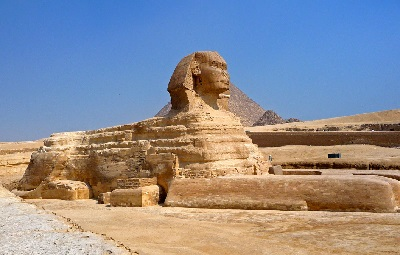
Moses by Michelangelo, Robert Macpherson
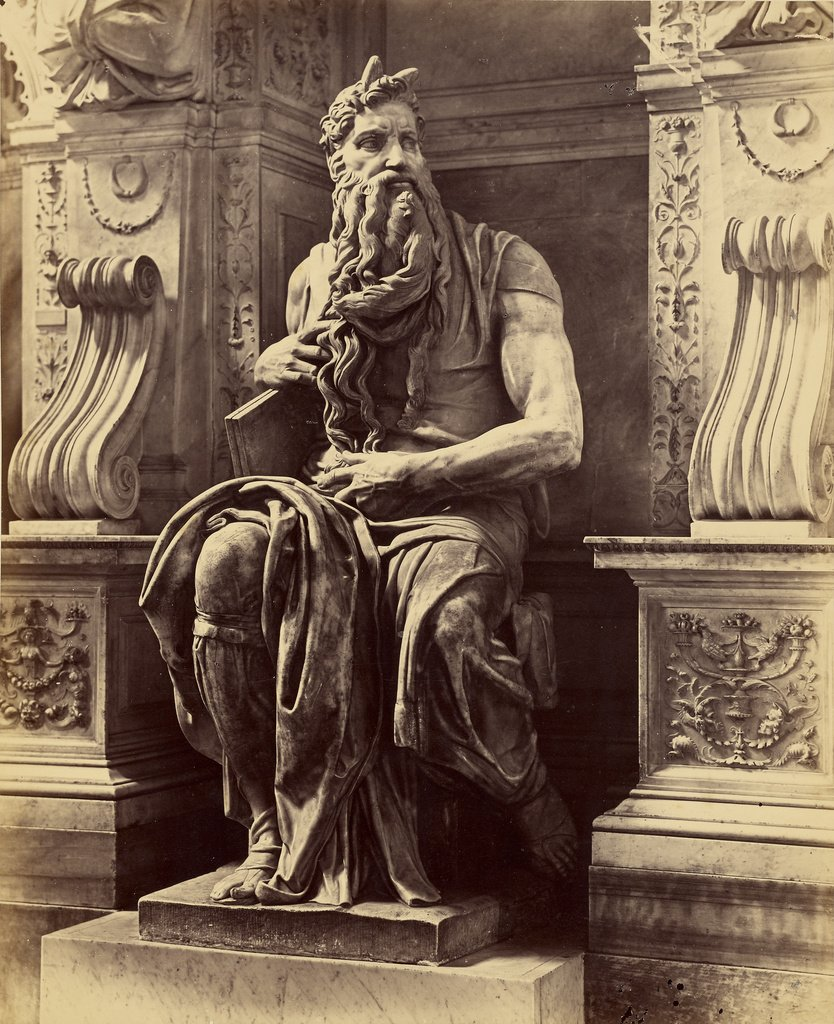
Leaning Tower of Pisa, Fratelli Alinari
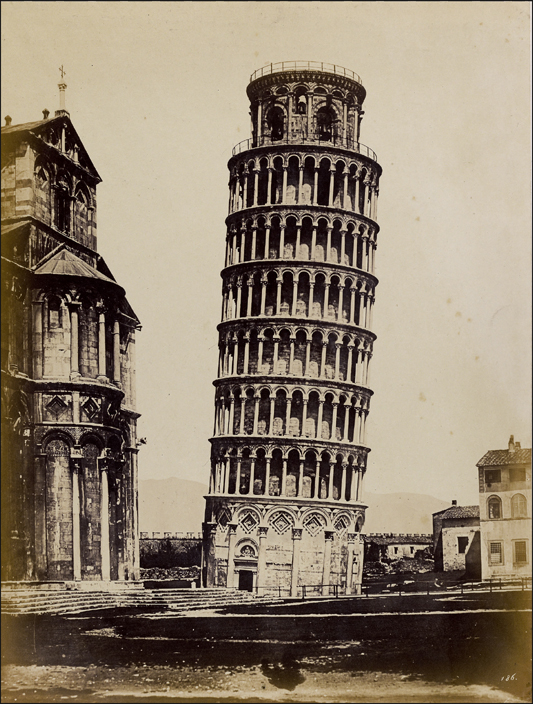
Ascension of Mont–Blanc, August–Rosalie Bisson
Ascension of Mont–Blanc, August–Rosalie Bisson
Bisson Frères—consisting of brothers Louis–Auguste and Auguste–Rosalie Bisson, also known as the Bissons âiné and jeune (older and younger) — was one of the most celebrated and widely known French photographic studios and publishing houses of the 19th century.
Grotto in an Iceberg... Herbert G. Ponting
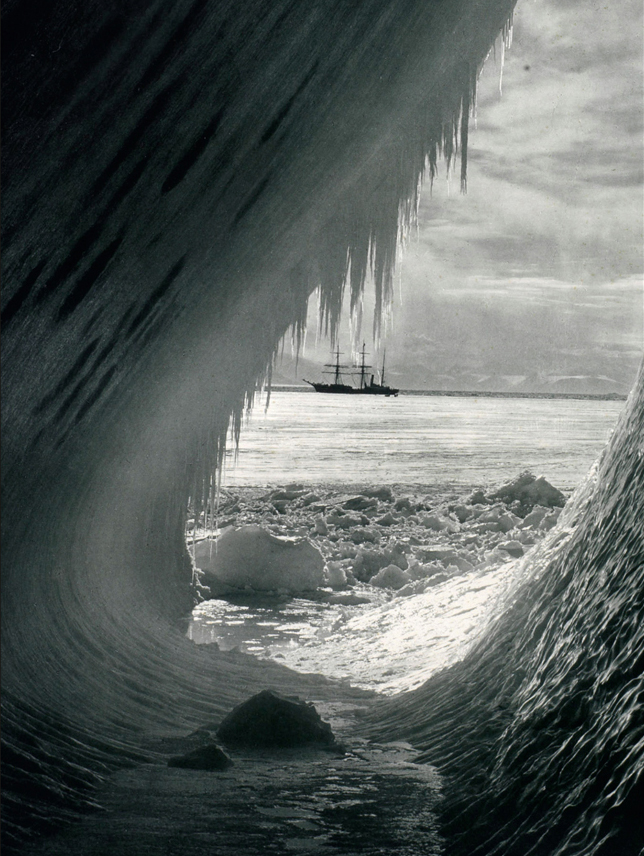
Egyptian Court Crystal Palace, Philip Henry Delamotte
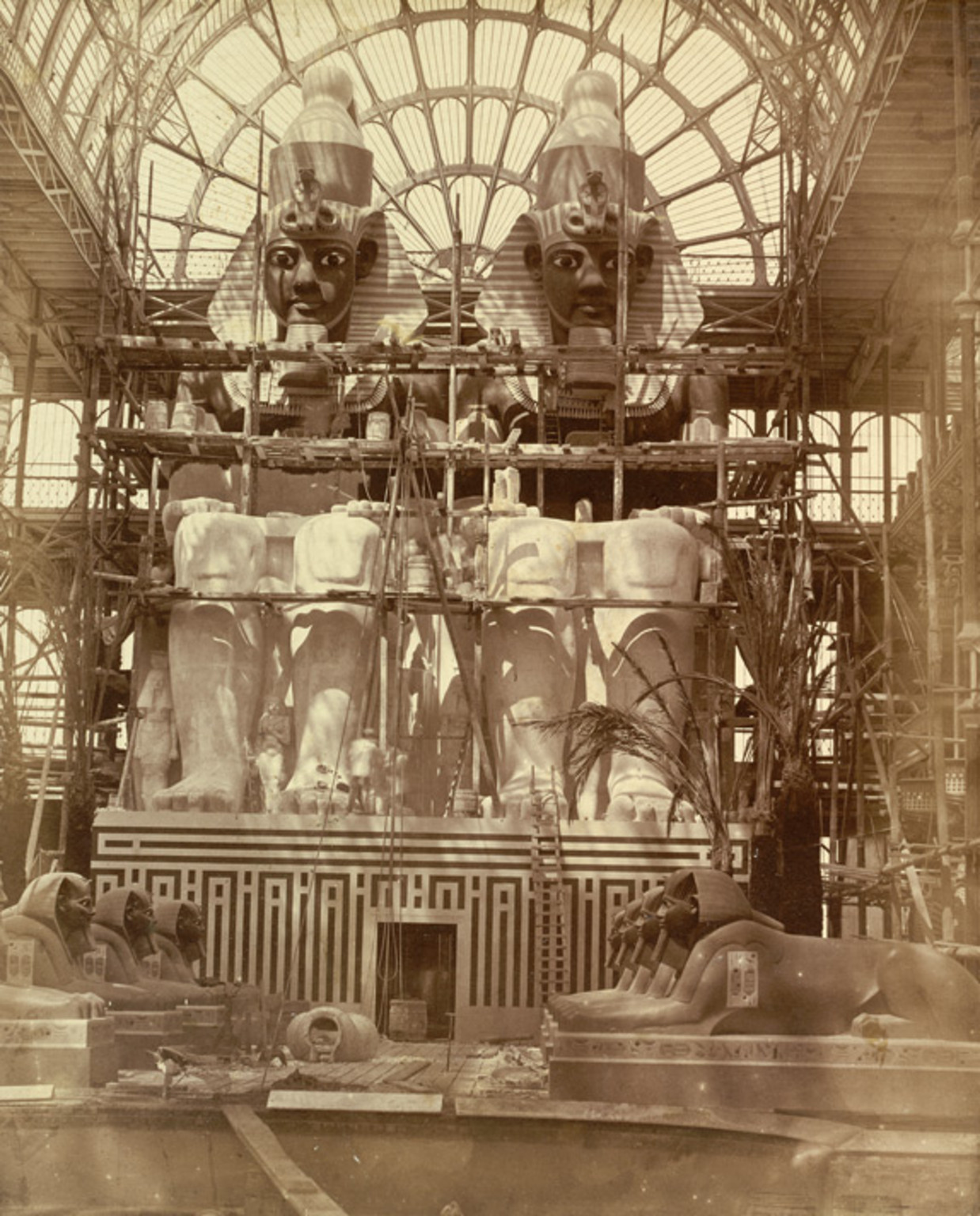
The Steamship “The Great Eastern” being built in the docks at Millwall. Robert Howlett.
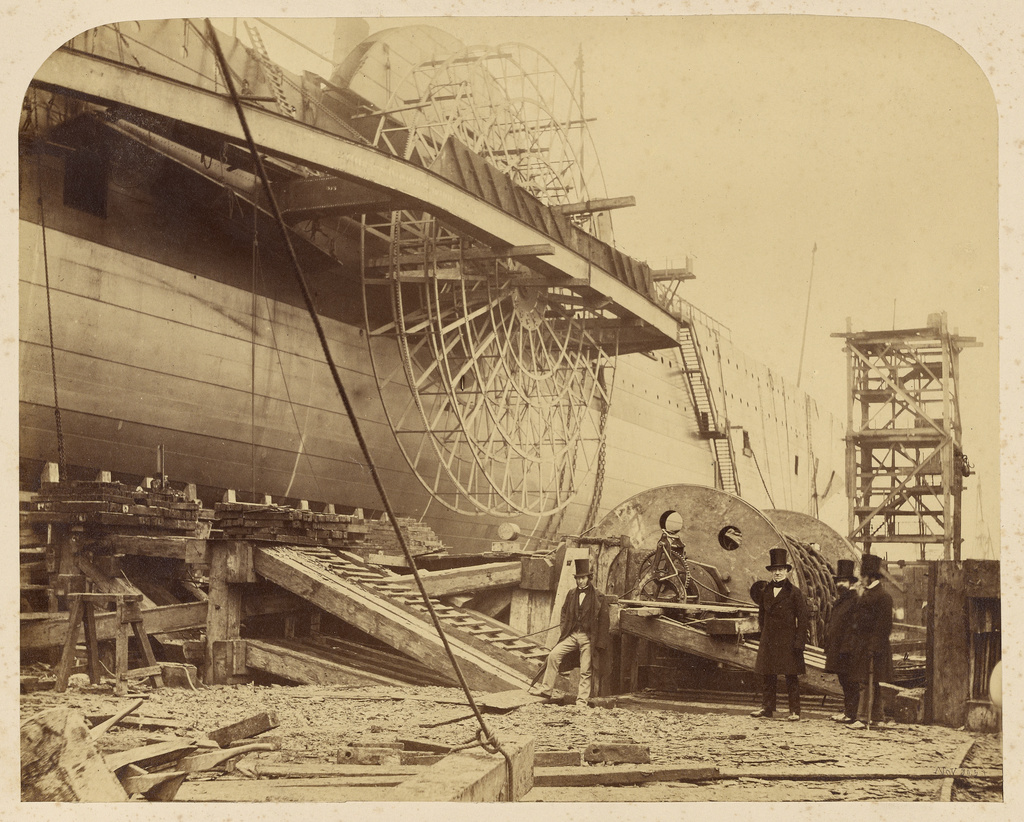
River Scene, la Vallée de l'Huisne, France, Camille Silvy
When Camille Silvy originally exhibited this photograph in 1859 (with the title Vallée de l'Huisne), a reviewer wrote: "It is impossible to compose with more artistry and taste than M. Silvy has done. The Vallée de l'Huisne...[is a] true picture in which one does not know whether to admire more the profound sentiment of the composition or the perfection of the details."
Spiti: The Manirang Pass... Samuel Bourne
After some initial success as a professional photographer in England, Samuel Bourne sailed to India in 1863 and soon after his arrival opened a studio in Simla. From there he embarked on three successive photographic expeditions to the Himalayas, which brought him wide recognition and which he described in the pages of the "British Journal of Photography" in issues dating from 1864 to 1870.
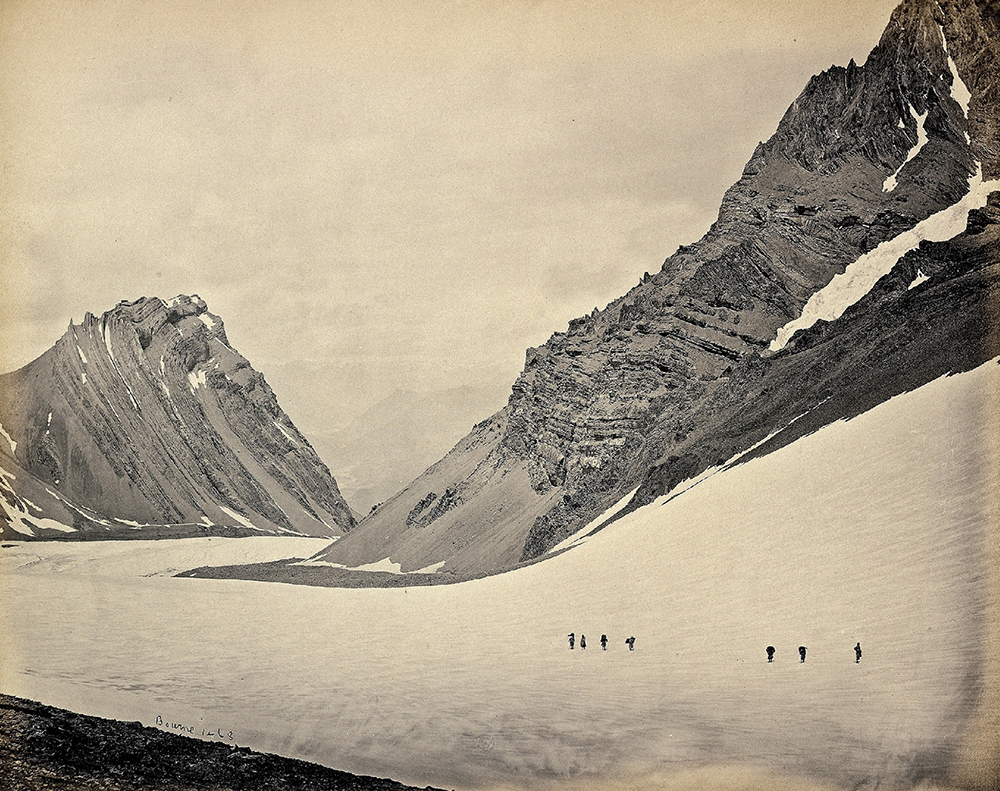
Gateway, Faluknuma Palace, Lálá Deen Dayal
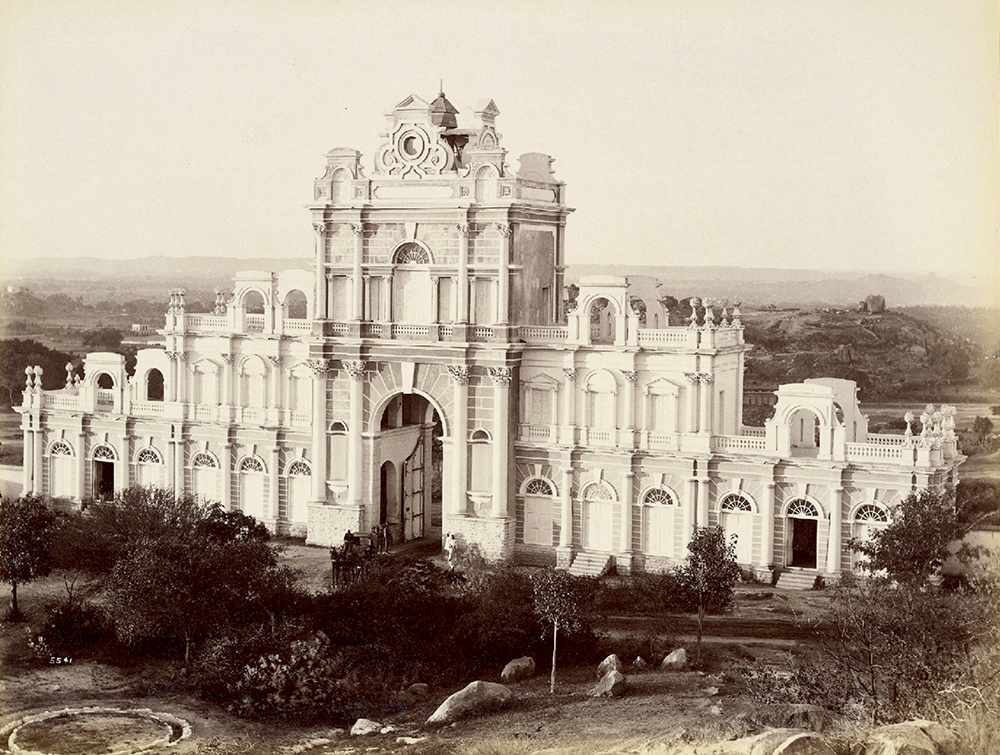
The Crawlers, John Thomson
During the 19th century, large numbers of people flocked to the cities from the countryside in search of work. With more people than affordable places to live, homelessness became a big issue.
Homeless people were known as ‘crawlers’ because they were constantly having to move from one area to another.
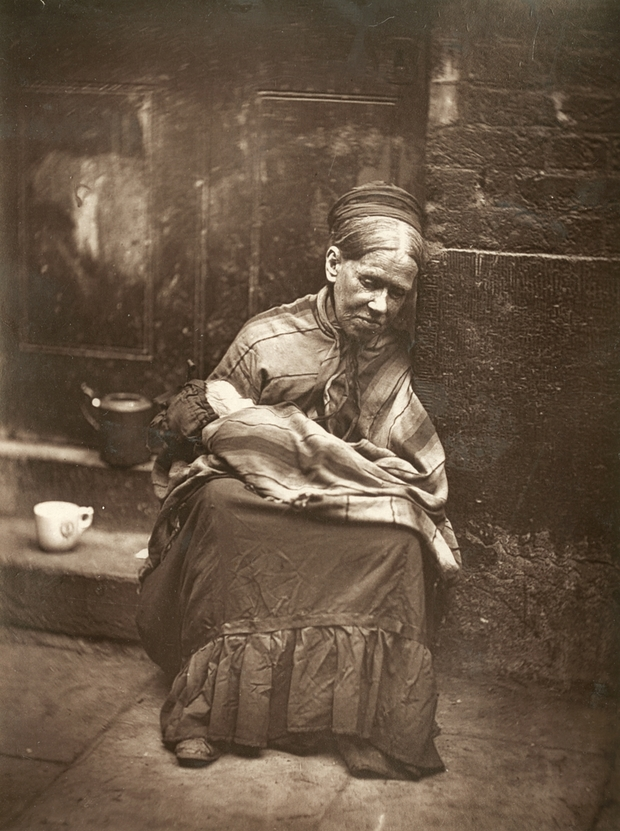
Old Vennel Off High Street , Thomas Annan
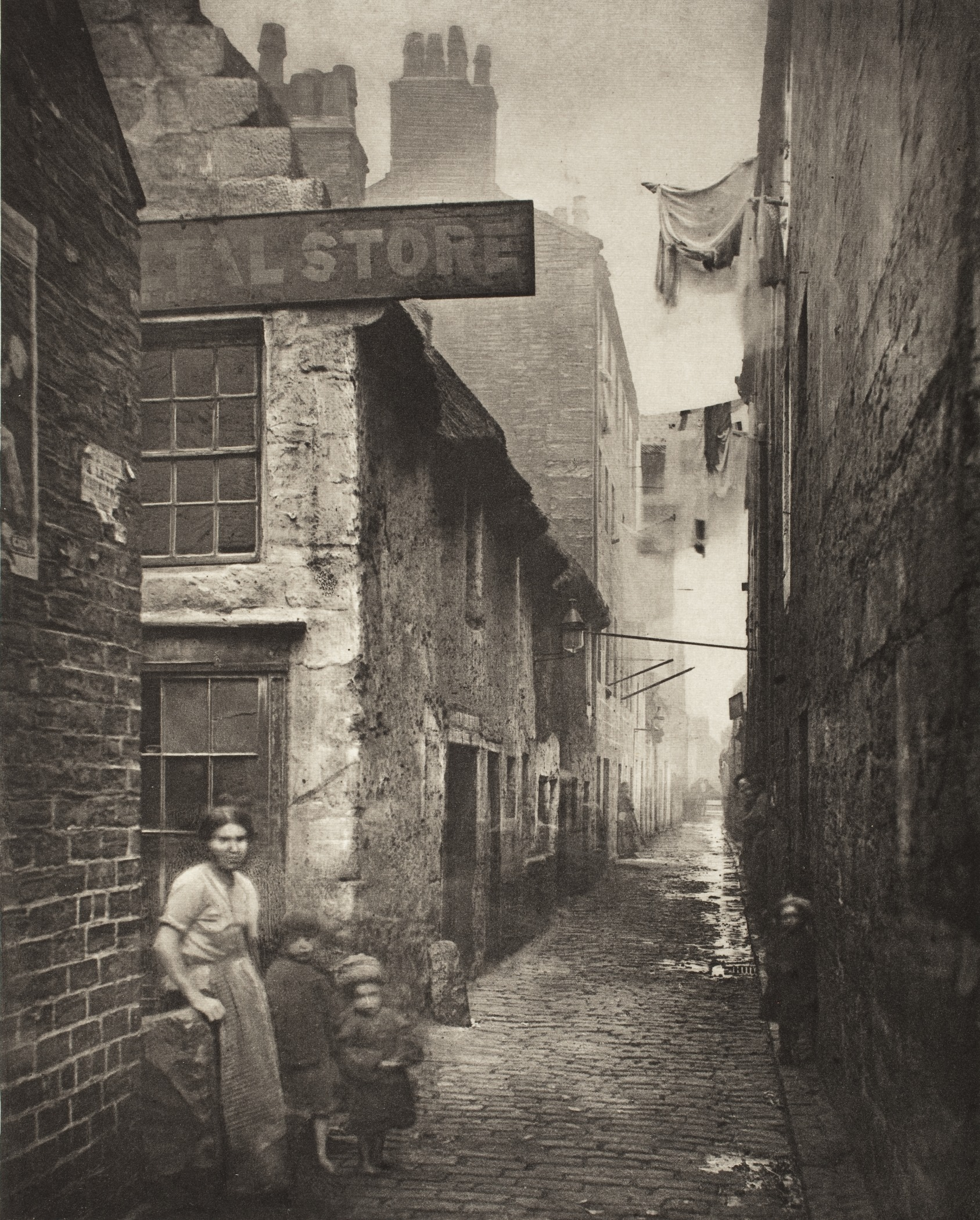
Kno-Shr, Kansas Chief, John H. Fitzgibbon
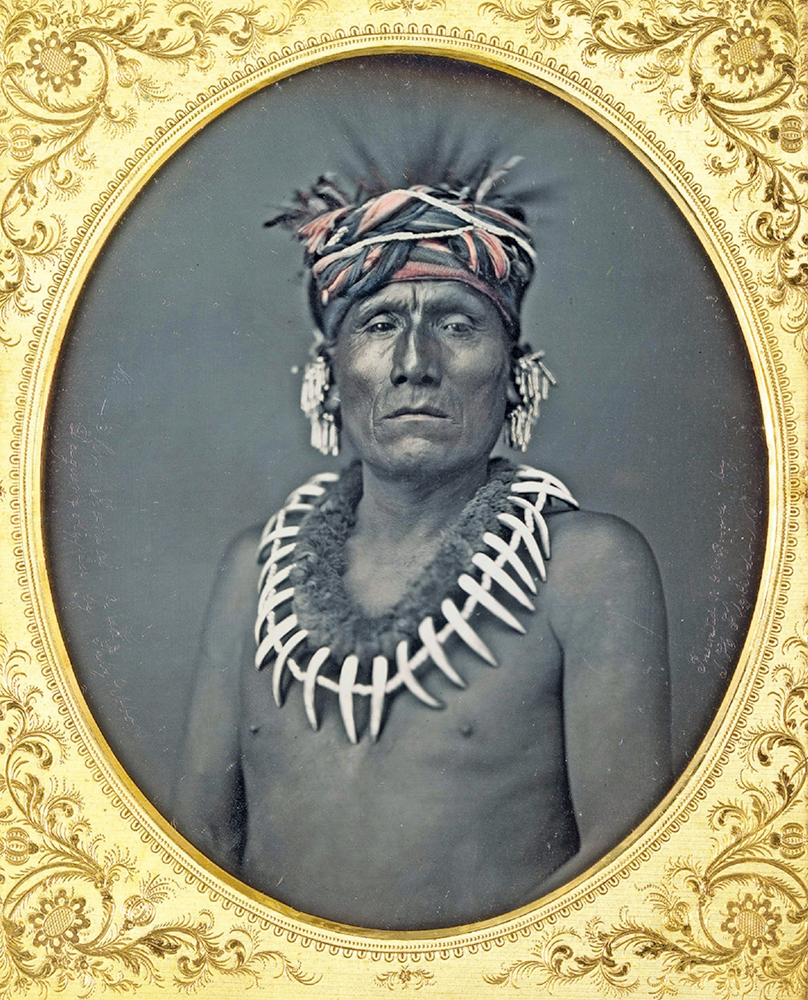
Trestle Work, Promontory Point, Salt Lake Valley, Andrew J. Russell
Andrew Russell (1829-1902) has been acclaimed as one of the nation's great photographers during the wet-plate era. A native of New Hampshire who grew up in New York, he started out as a painter. During the Civil War, however, he received an assignment to photograph the United States Military Railroad and he mastered the complex art of working with wet-plate negatives.
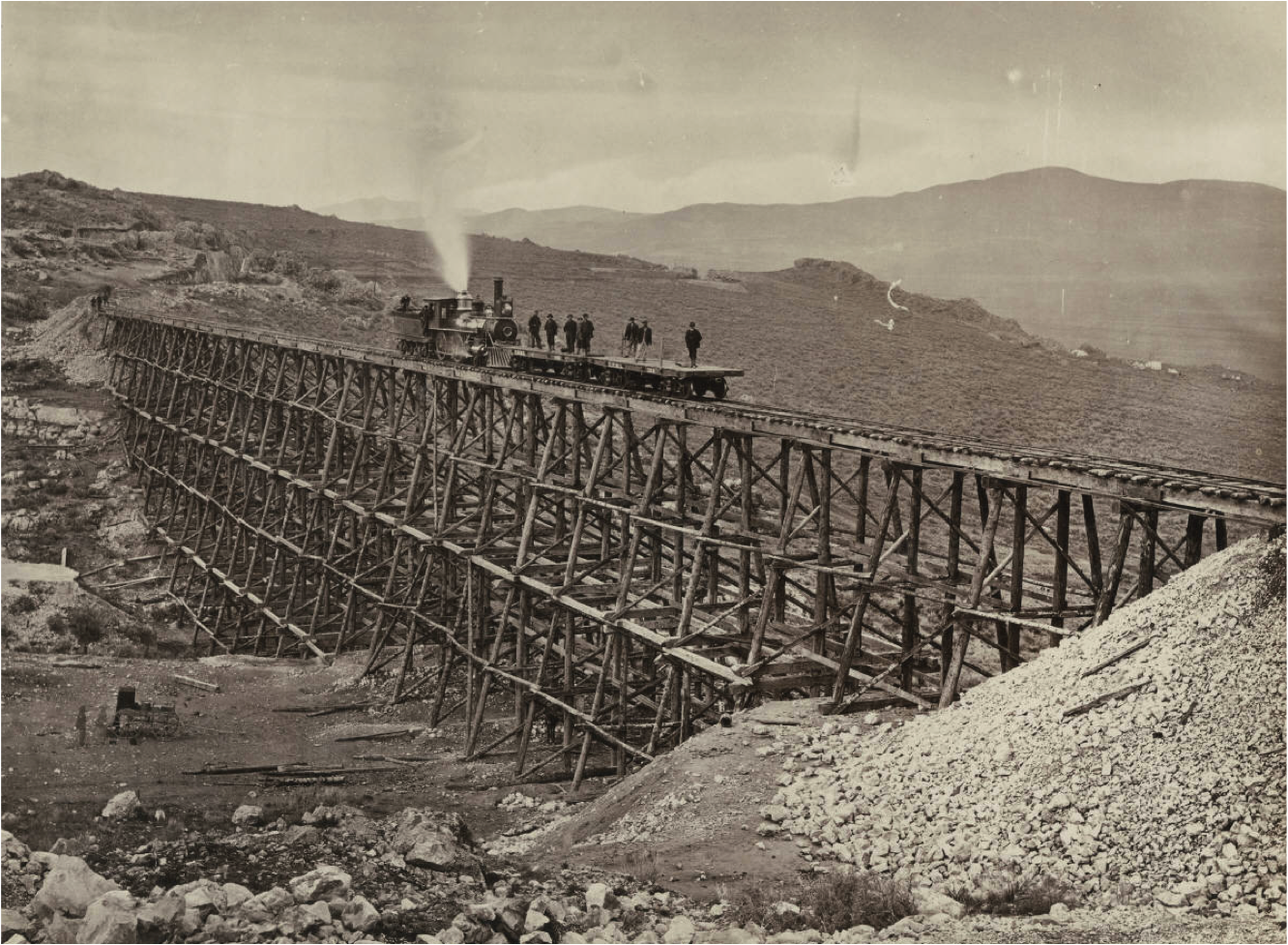
Three Brothers, Carleton Watkins

Shoshone Falls, Idaho, Timothy O'Sullivan
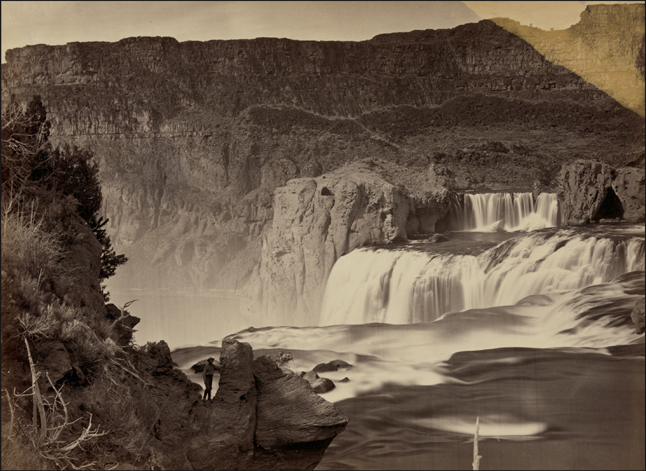
The Mountain of the Holy Cross, William Henry Jackson
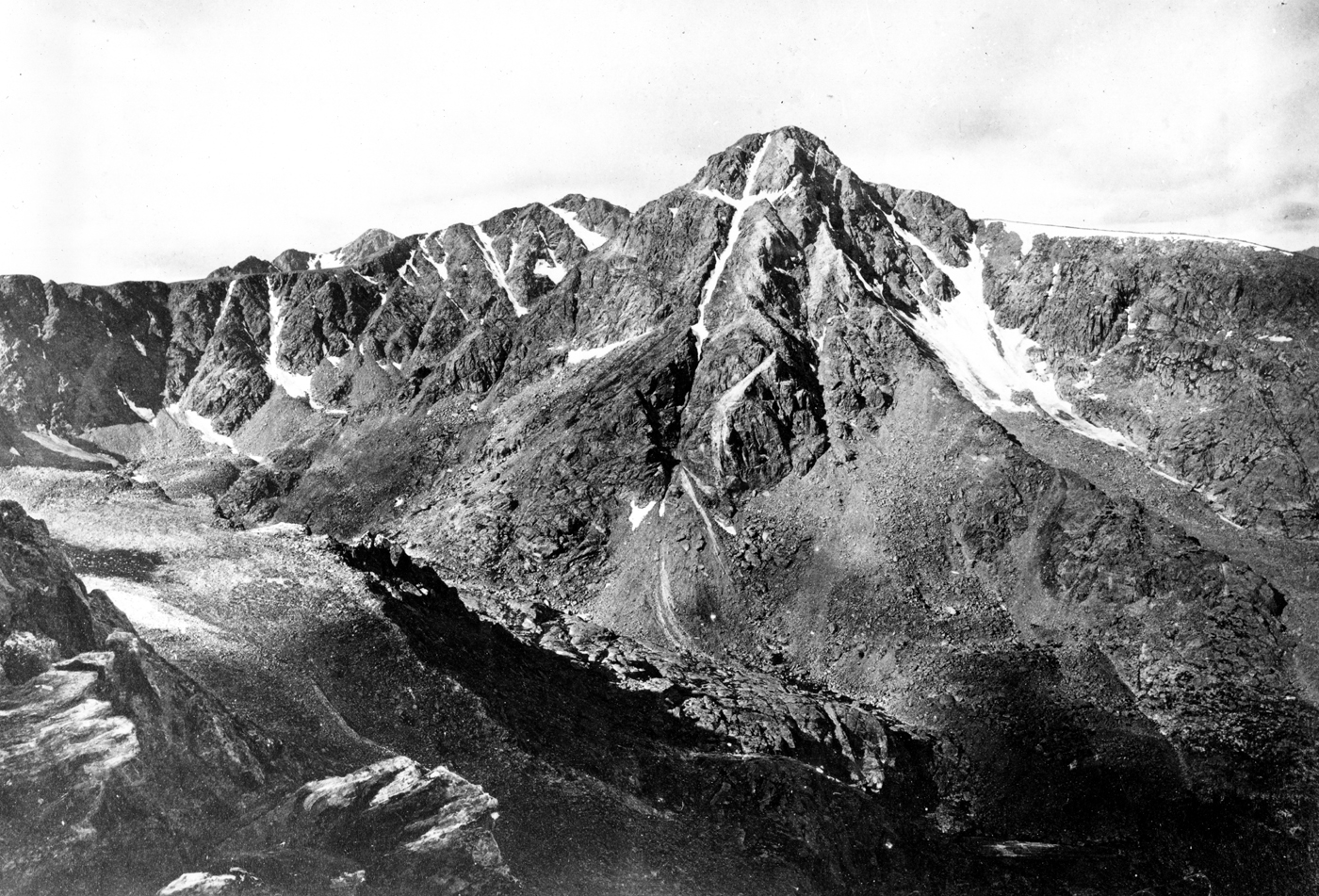
Clouds Rest, Eadweard Muybridge
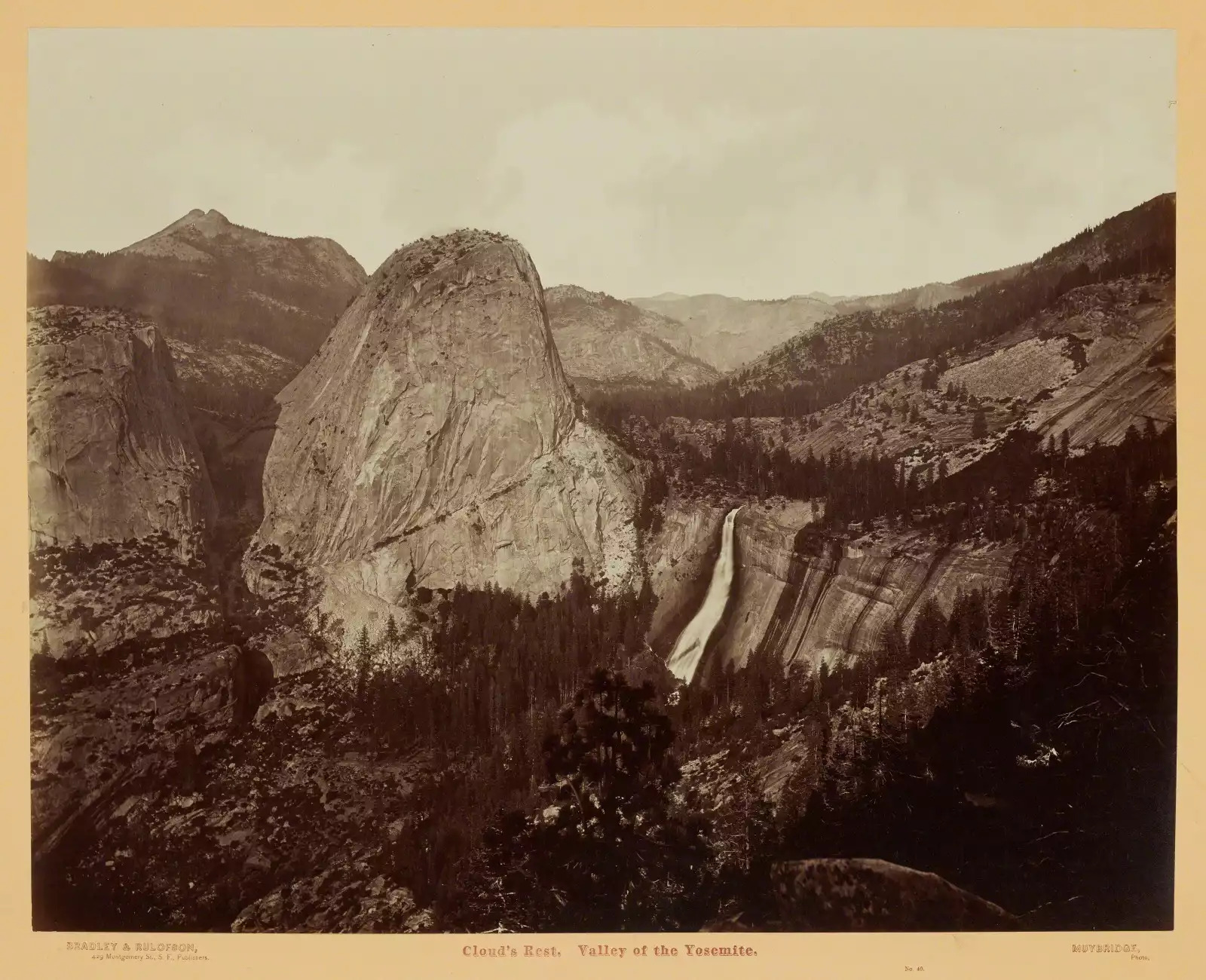
Maxime Du Camp
"I had realized on my previous travels that I wasted much valuable time trying to draw buildings and scenery I did not care to forget. I drew slowly and not very correctly… I felt I needed an instrument of precision to record my impressions…"—Maxime Du Camp
"Learning photography is an easy matter. Transporting the equipment by mule, camel or human porters is a serious problem."—Maxime Du Camp
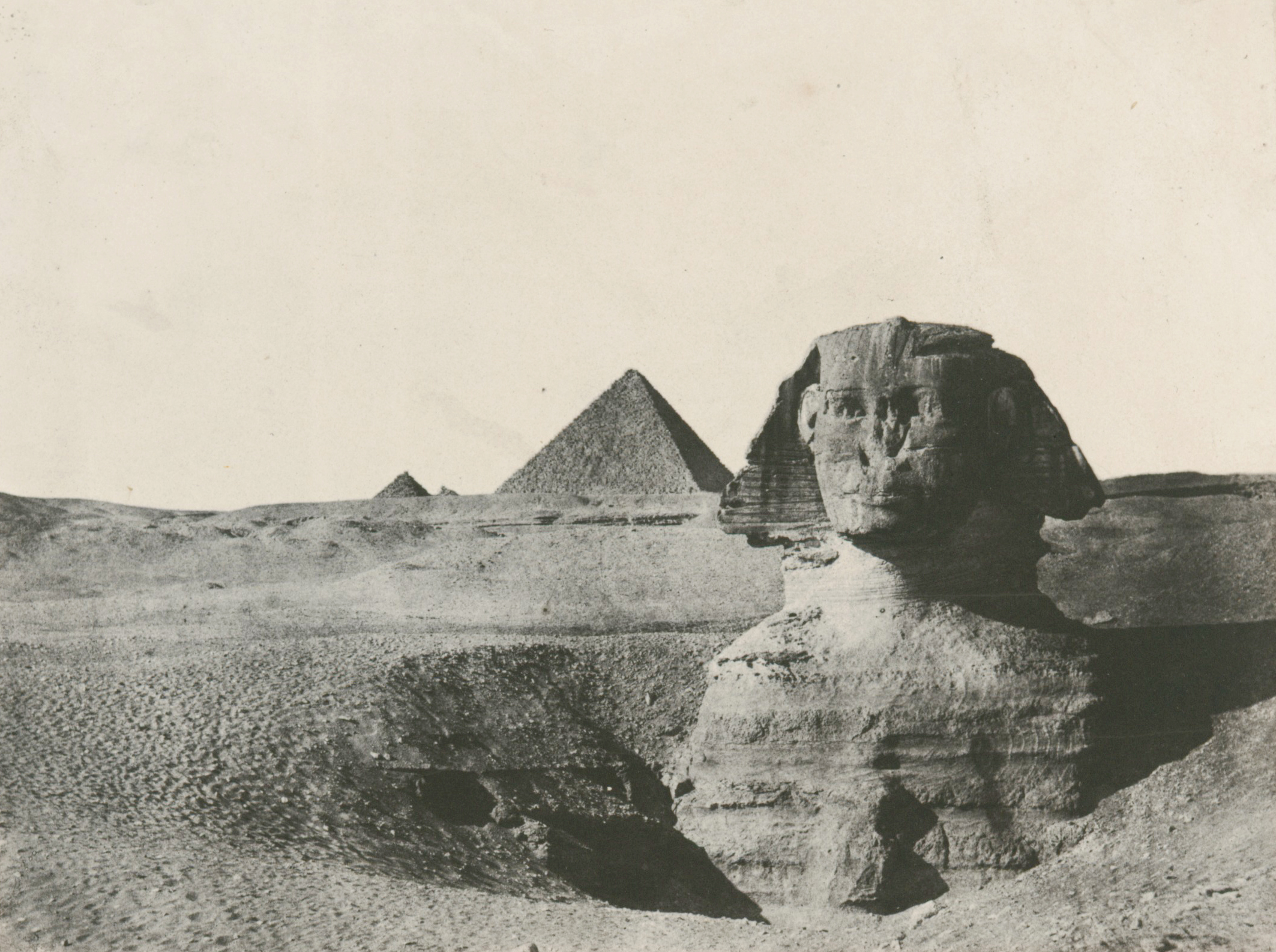
Auguste Salzmann
French photographer, archaeologist and painter. A painter of landscapes and religious scenes and a keen archaeologist, he was fascinated by the Middle East from an early age. He visited Italy and Algeria with his friend Eugène Fromentin, and he was in Egypt at the time of the excavations of Auguste Mariette (1821–81).
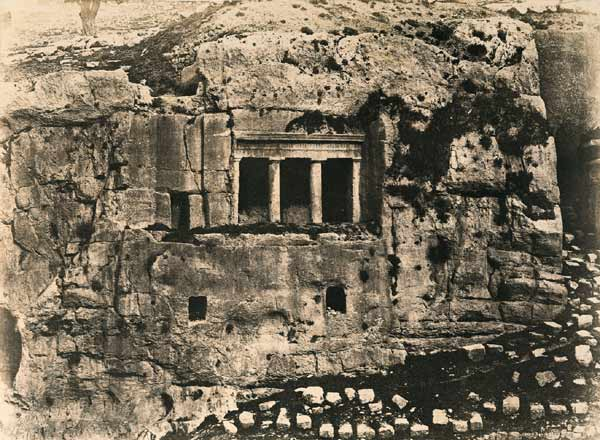
John Shaw Smith
Irish photographer. He was an Irish landowner of independent means living in County Cork. His importance in photographic history derives from his trips to Southern Europe and the Near and Middle East between 1850 and 1852, when he reached as far as Petra. During this time he took about 300 calotypes of architectural sites, such as Relief on the Temple at Thebes.
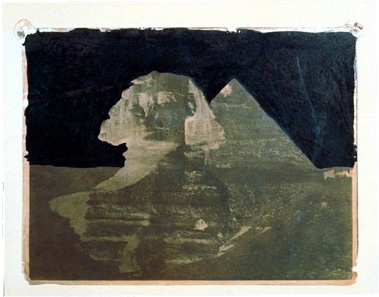
Francis Frith
English photographer. He is noted for his studies of the Middle East and for establishing the largest photographic publishing firm in the 19th century. He was born into a Quaker family and spent five unrewarding years apprenticed to a cutler in Sheffield, suffering a nervous breakdown in 1843. After two years recuperative travel he became a successful businessman, first in wholesale groceries and later in printing.
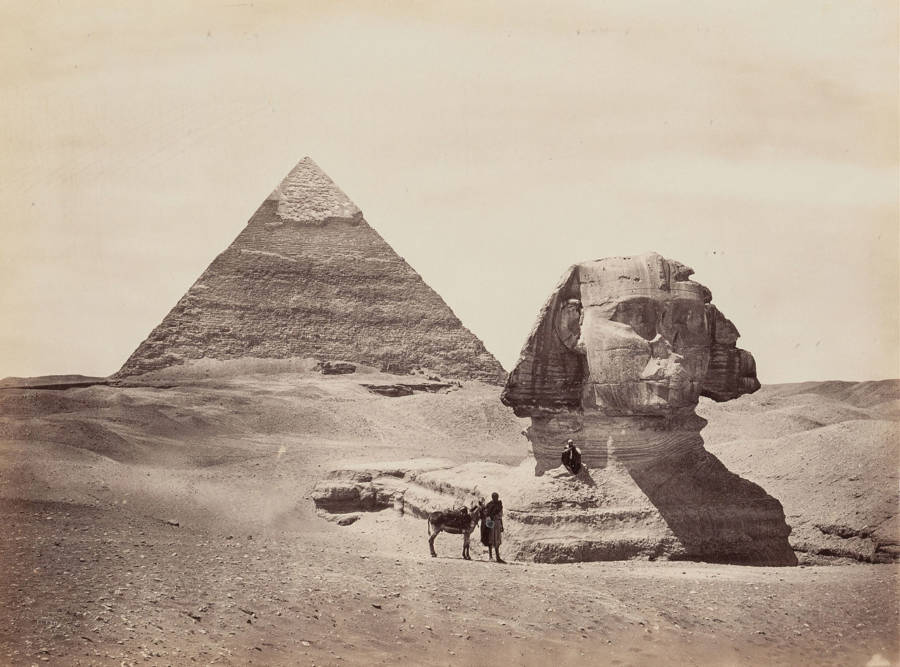
Robert MacPherson
After studying medicine in Edinburgh, Robert Macpherson left Scotland in the early 1840s and, for reasons of health, settled in Rome. Eventually abandoning medicine, Macpherson gained notoriety as a topographic painter, a connoisseur, and a dealer of art, enjoying a central role among the artists--and later photographers--who frequented the Caffè Greco.

Fratelli Alinari
Italian family of photographers. From 1845 to 1850 Leopoldo Alinari worked in Florence for a wealthy lithographer, Giuseppe Bardi. With him he organized Fratelli Alinari, Presso Bardi, a small photographic laboratory in the Via Cornina, Florence.
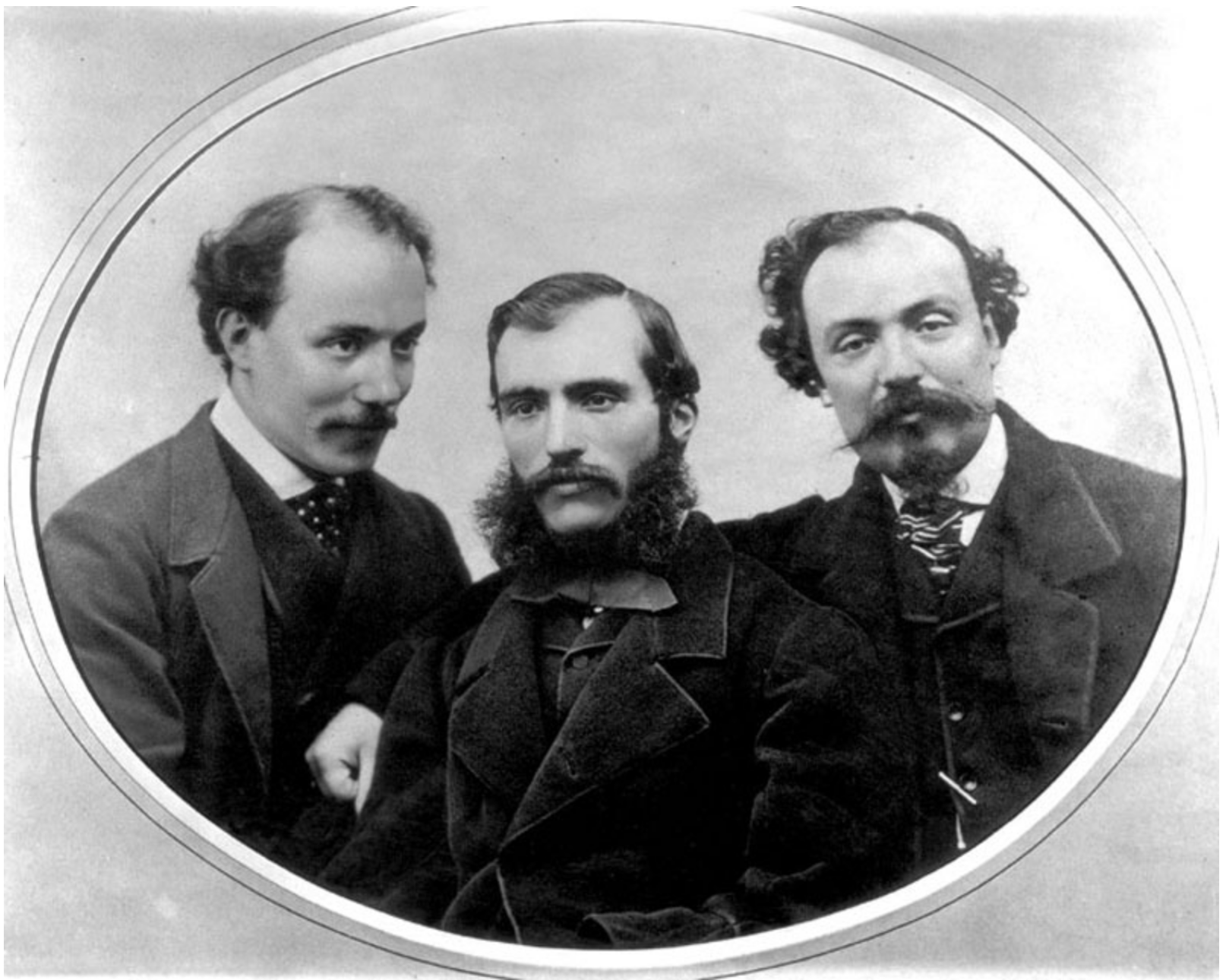
Bisson Brothers
While the transport of photographic equipment and the manipulation of chemical solutions for the wet collodion process was never an easy task, no more audacious challenge was undertaken in the early history of photography than the ascent of Mont Blanc and the making of views at the summit of the highest peak in the Alps.
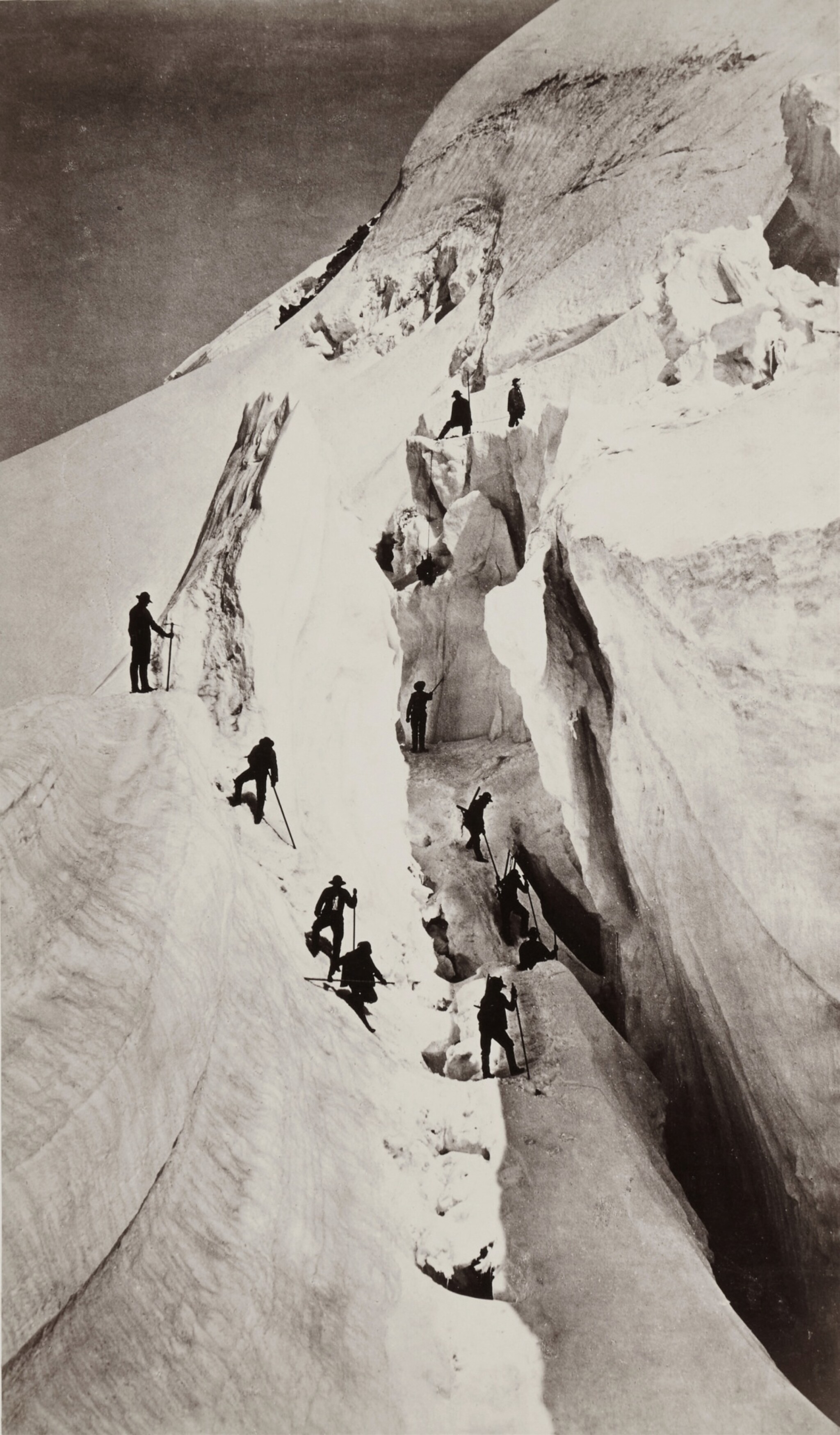
Robert Howlett
English photographer. Considered one of the most skillful photographers of his day, Howlett is best known for his portraits of Isambard Kingdom Brunel standing in front of the anchor chains of the ‘Leviathan’ (the Great Eastern). In 1857 Howlett and the publisher Joseph Cundall (1818–95) were commissioned by the Illustrated London Times to photograph the building and launching of Brunel’s ship, the Leviathan.

Édouard-Denis Baldus
French photographer and painter of German origin. He was originally a painter, and he took up photography c. 1848. Within the framework of the Mission HéliographiqueLinks to an external site. established by the Commission des Monuments Historiques in 1851, he managed to establish himself as an architectural photographer.
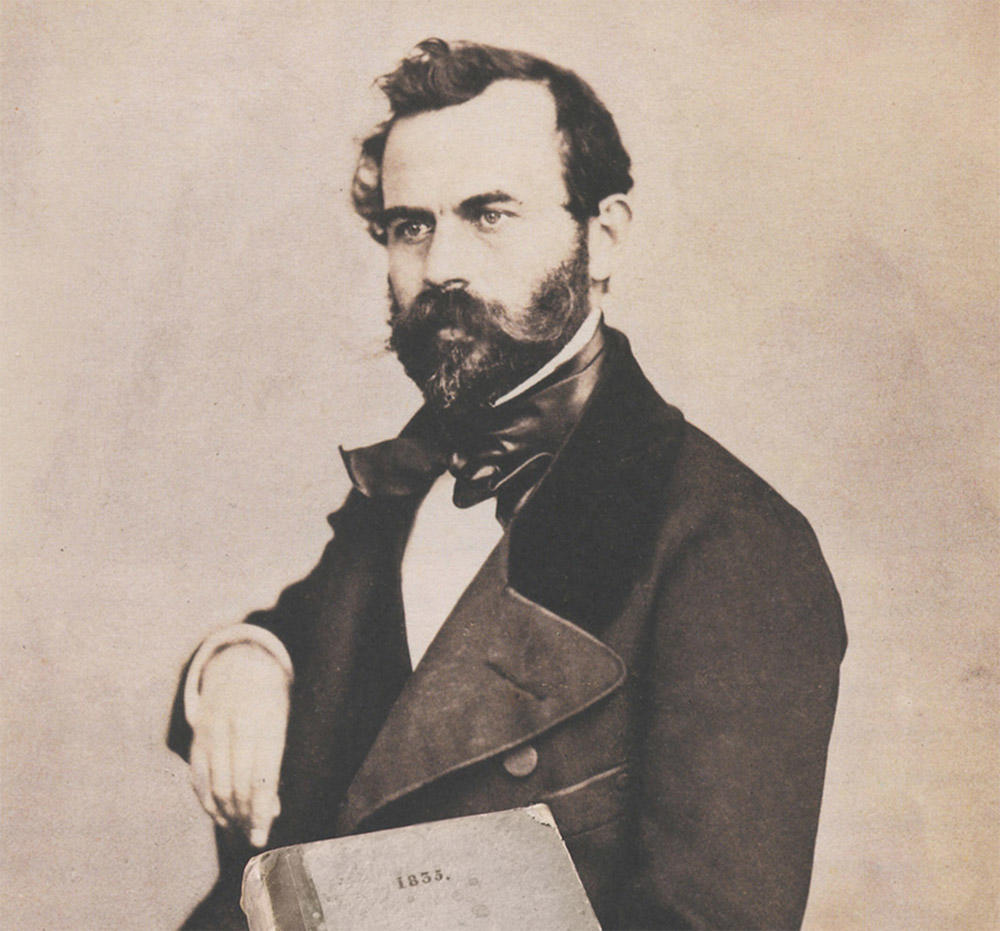
Camille Silvy
French photographer. Until recently he was known only from a few anecdotes in the autobiography of Nadar, from the English and French periodical literature of his day and from his surviving photographs. His virtuosity as a landscape photographer in the late 1850s in particular is known only from a handful of prints. His first exhibited and subsequently most celebrated work was River Scene, France (or Vallée de l’Huisne)Links to an external site. of 1858.
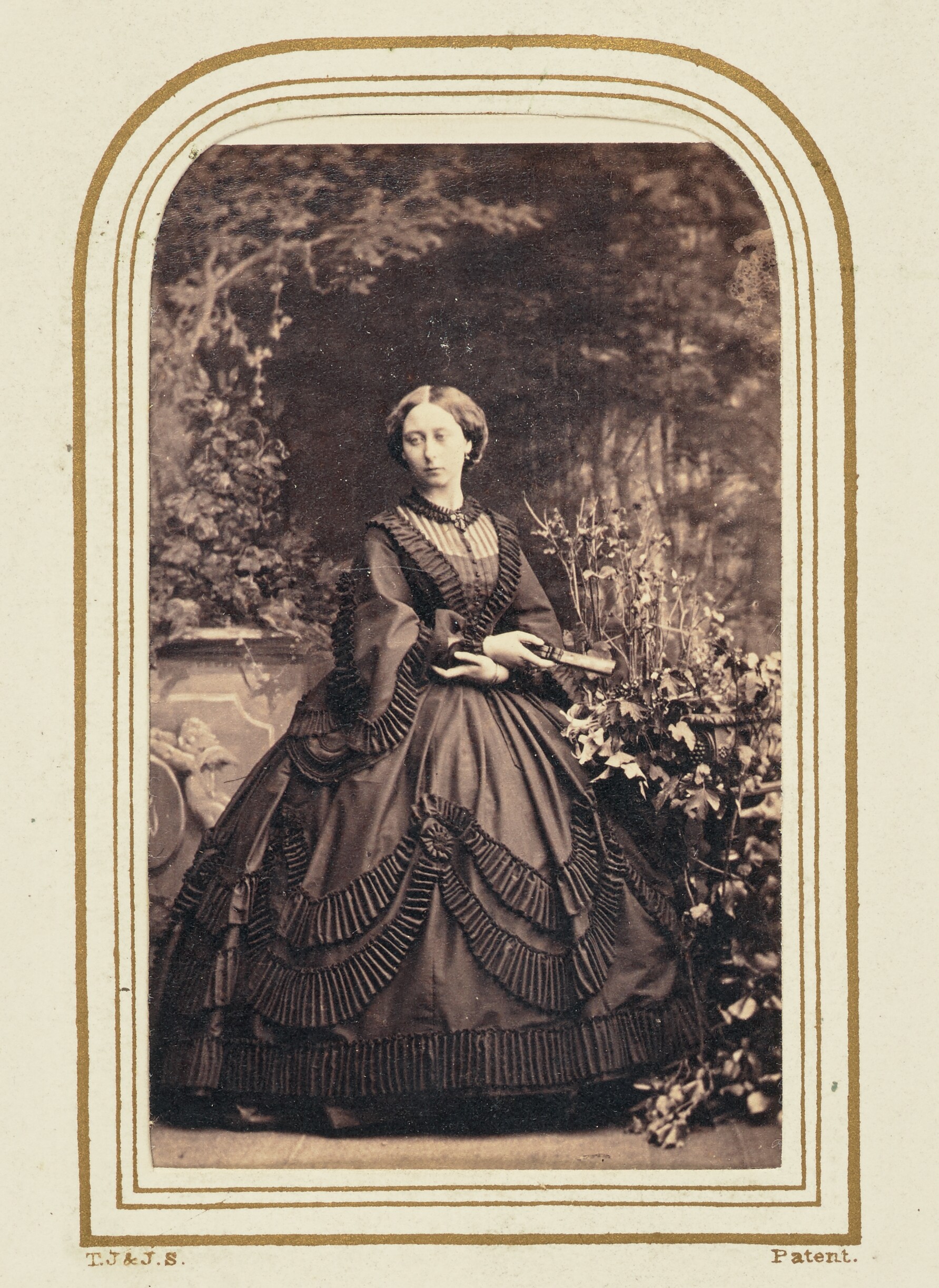
Samuel Bourne
"For my part, I may say that before I commenced photography I did not see half the beauties in nature that I do now, and the glory and power of a precious landscape has often passed before me and left but a feeble impression on my untutored mind; but it will never be so again." — Samuel Bourne, 1864
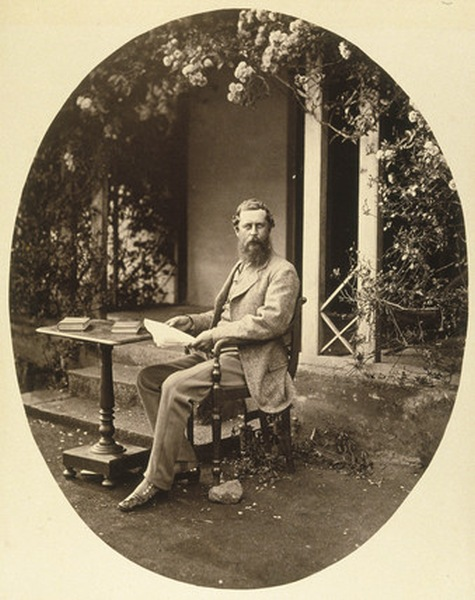
Lálá Deen Dayal
Enumeration of achievements of pioneering Indian photographer Lala Deen Dayal (a leading court photographer in the Princely states of India in the late nineteenth century, whose patrons included the Maharaja of Indore and the sixth Nizam of Hyderabad; official photographer to the Viceroy beginning in 1888; appointed "Photographer to Her Imperial Majesty Queen Victory" by royal warrant in 1897; award a medal for excellence at the 1893 World's Columbian Exposition in Chicago; proprietor of successful photography studios in Bombay, Secunderadab, and Indore...) speaks to Dayal's ability to traverse boundaries between discrete spheres of Indian society and to distinguish himself within Indian as well as British colonial communities.
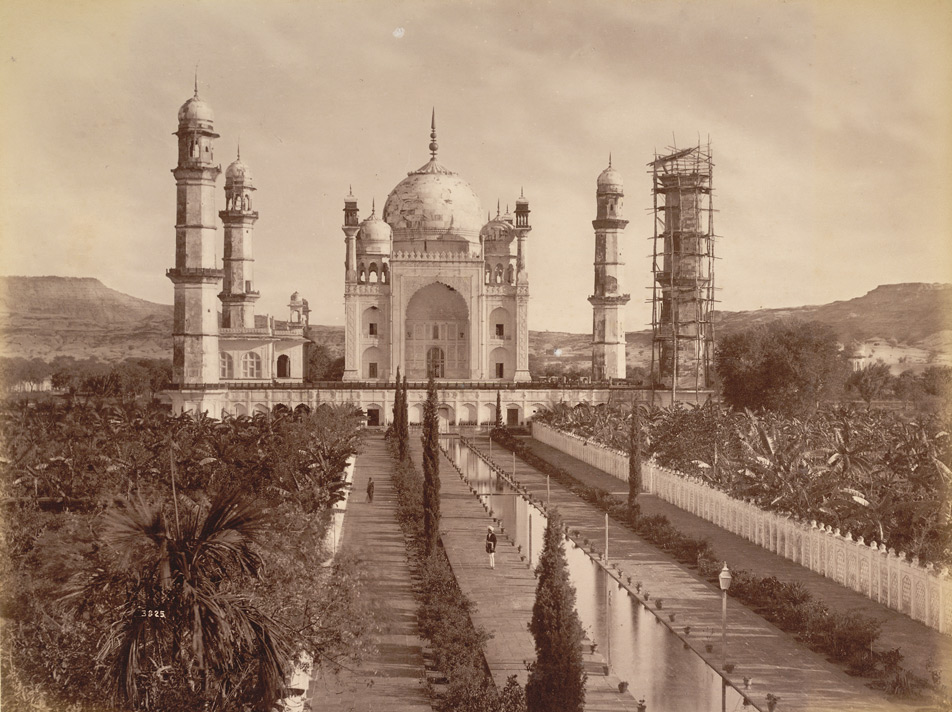
John Thomson
"My design in the accompanying work is to present a series of pictures of China and its people, such as shall convey an accurate impression of the country I traversed as well as of its arts, usages, and manners which prevail in different provinces of the Empire. With this intention I made the camera the constant companion of my wanderings, and to it I am indebted for the faithful reproduction of the scenes I visited, and of the types of race with which I came into contact"—Illustrations of China and its People, John Thomson, 1873–4, vol.1, p1
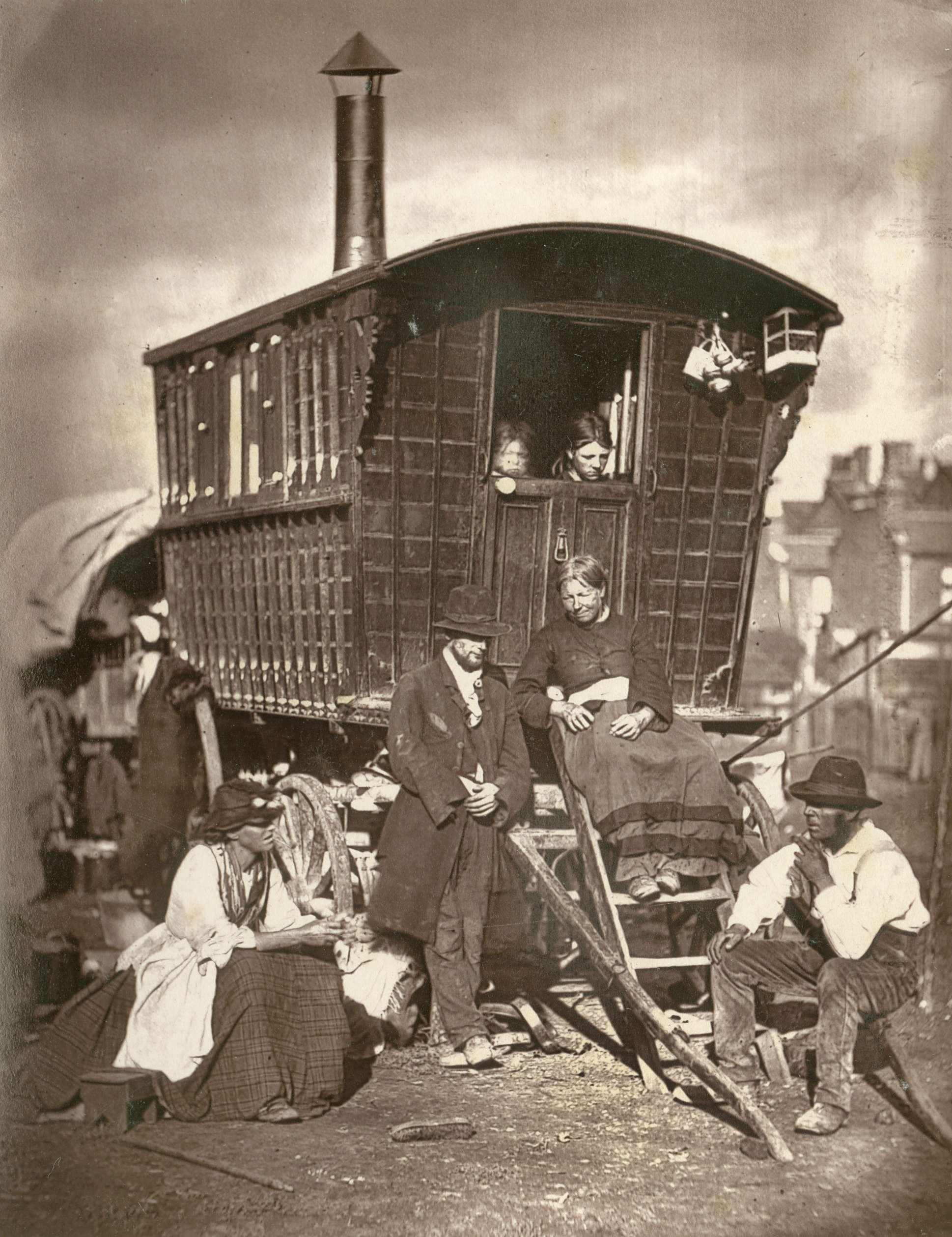
Thomas Annan
He lived for most of his life in Glasgow, and he trained and worked as a copperplate-engraver until 1853, when he started a calotype printing business, probably with the encouragement of his friend David Octavius Hill. Annan’s business proved successful and led in 1857 to the establishment of a photographic studio, T. & R. Annan in Sauchiehall Street. At first, Annan’s emphasis was on the photographic reproduction of works of art and on architectural photography, as in the collection of photographs of mansions around Glasgow, The Old Country Houses of the Old Glasgow Gentry (Glasgow, 1870).
Carleton E. Watkins
"As specimens of the photographic art they are unequaled. The views are...indescribably unique and beautiful. Nothing in the way of landscapes can be more impressive."—Exhibition review of Yosemite Valley photographs by Carleton Watkins at Goupil Gallery, New York, The New York Times, 1862
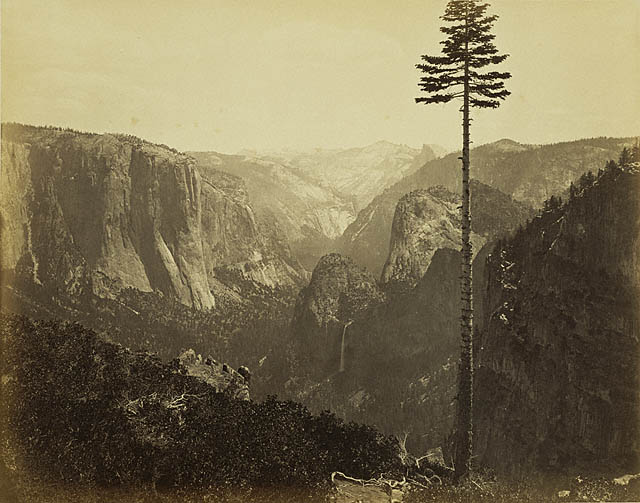
Timothy O'Sullivan
American photographer. He was employed in the studio of Matthew Brady in Washington, DC, when the Civil War (1861–5) broke out. After photographing the early stages of the war in South Carolina, he left Brady’s studio to work for Alexander Gardner, and almost one half of the photographs in Gardner’s Photographic Sketchbook of the War (?New York, 1866/R1959) are by him. O’Sullivan’s war photographs,
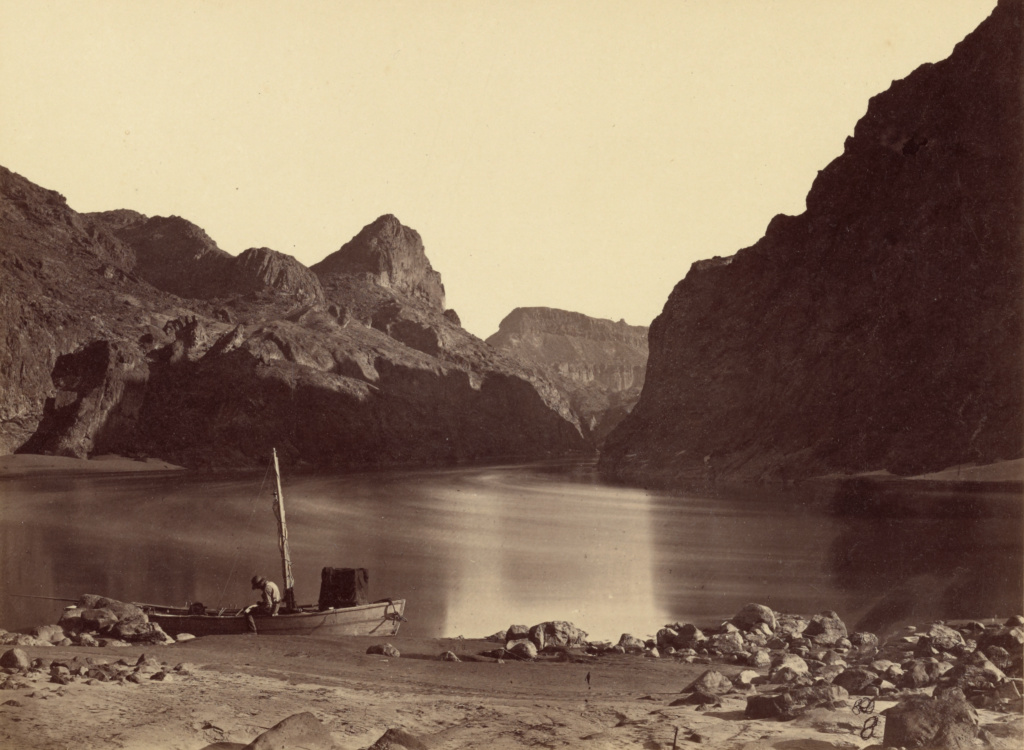
William Henry Jackson
American photographer. Jackson began his career as a colorist and retoucher in photographic studios in New York and Vermont. After enlisting in the infantry and working as a sketcher of camp life, he began to travel. He reached Omaha, NE, in 1867 and set up a photographic studio with his brother Edward Jackson. He began to make expeditions along the Union Pacific Railroad, photographing the Pawnee
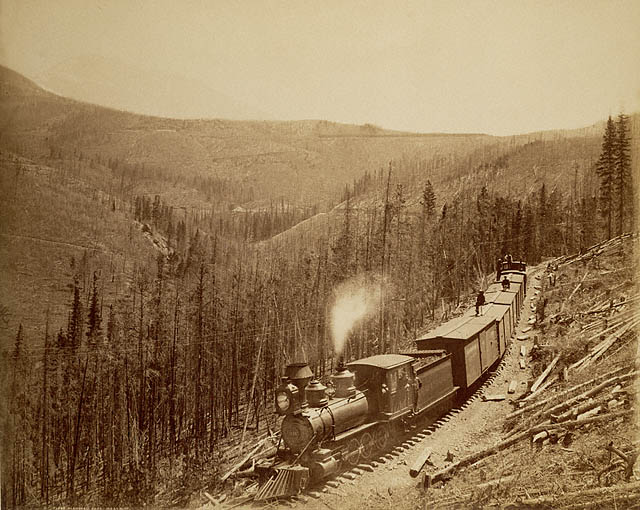
Eadweard Muybridge
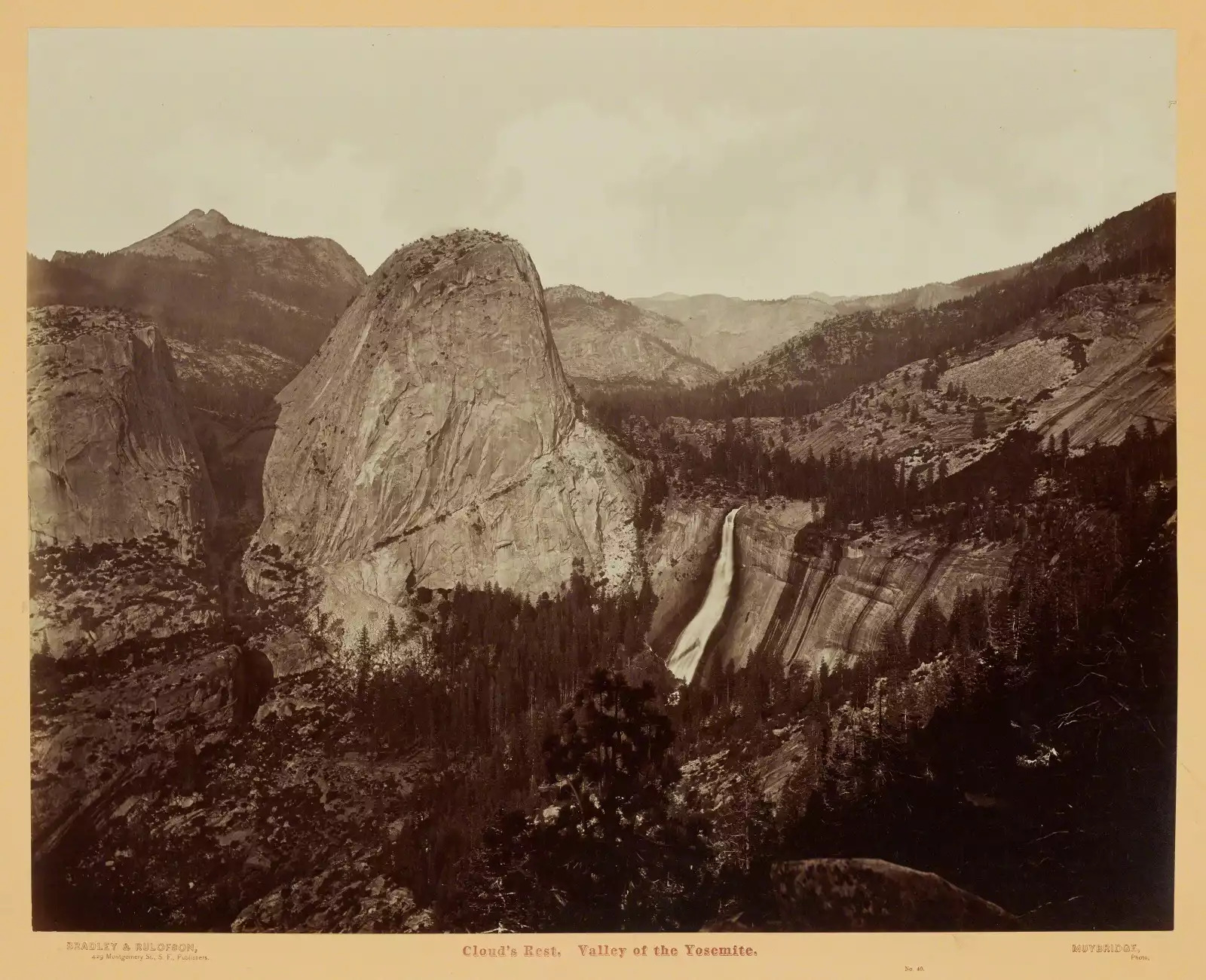
John K. Hillers
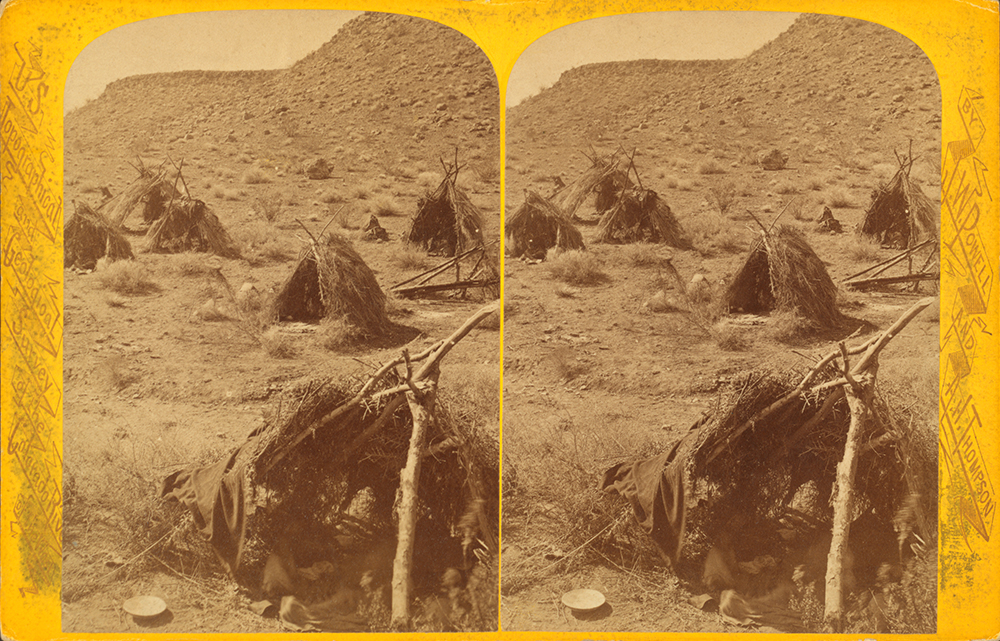
Lady Elizabeth Eastlake
Elizabeth Eastlake was principally an essayist, and her writings encompass a wide range of topics, among them an article on the ‘Art of Dress’ (1847), in which she surveyed the history of dress, especially as revealed through paintings. In 1856 she published a penetrating critique of the first three volumes of Ruskin’s Modern Painters (1843–60). She disagreed with Ruskin’s literary characterization of paintings as primarily vehicles for ideas, instead believing painting to be an autonomous art form with its own language.
Lewis Carroll
"Somebody let the rabble in"—Lewis Carroll, Upon the introduction of negatives and subsequent demise of collodion plates. English mathematician, writer and photographer. Well known as the author of children’s books with a logical philosophical undercurrent, he was active as an amateur photographer, using wet collodion plates, from May 1856 to July 1880, according to his diary.
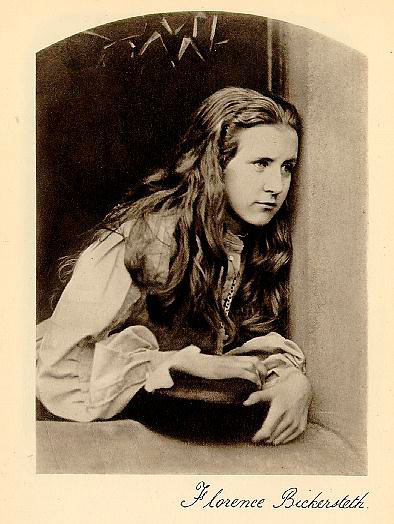
Oscar Gustave Rejlander
"I am tired of photography-for-the-public, particularly composite photographs, for there can be no gain and there is no honour, only cavil and misrepresentation."—Oscar Rejlander in 1859.
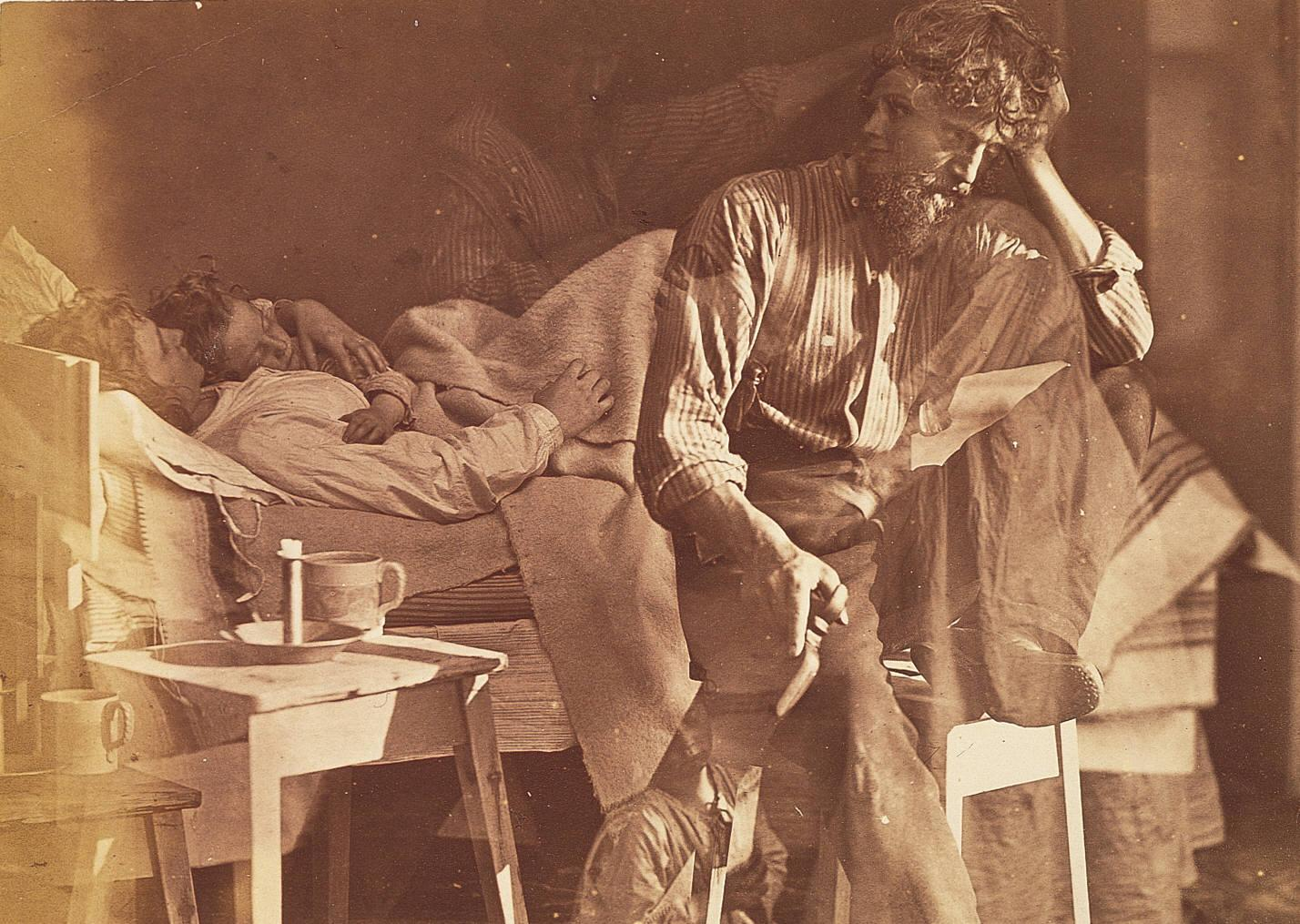
Henry Peach Robinson
"Photography would be better if its elements were not so easily comprehended as to make it almost a frivolous pursuit, and to cause it to be included with amusements and recreations."—Henry Peach Robinson
"Photography would have been settled a fine art long ago if we had not, in more ways than one, gone so much into detail. We have always been too proud of the detail of our work and the ordinary detail of our processes."—Henry Peach Robinson
Julia Margaret Cameron
"When I have had such men before my camera my whole soul has endeavored to do its duty towards them in recording faithfully the greatness of the inner as well as the features of the outer man. The photograph thus taken has been almost the embodiment of a prayer."—Julia Margaret Cameron
"…it is a sacred blessing which has attended my photography; it gives a pleasure to millions and a deeper happiness to very many."—Letter to Lady Tennyson, ca. 1875.
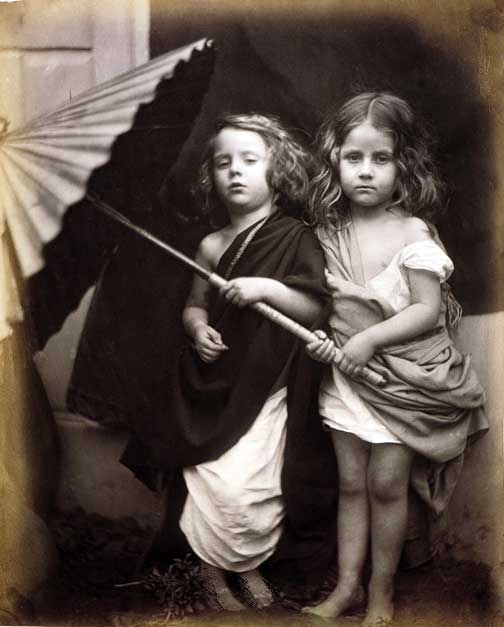
William H. Mumler
“William Mumler worked as an engraver in Boston, but he dabbled in photography on the side. His first spirit photograph, developed in the early eighteen-sixties, came by surprise: in a self-portrait he’d taken, he discovered “a girl made of light,”... and identified it as the spectral figure of his deceased cousin.

Dr. Hugh Welch Diamond
"The investigation of the phenomena of Insanity can never be looked upon as a subject of but little interest in a country which has provided so largely for the treatment of Mental derangement. The Metaphysician and Moralist, the Physician and Physiologist will approach such an inquiry with their peculiar views, definitions and classifications. The Photographer, on the other hand, needs in many cases no aid from any language of his own, but prefers rather to listen, with the picture before him, to the silent but telling language of nature.
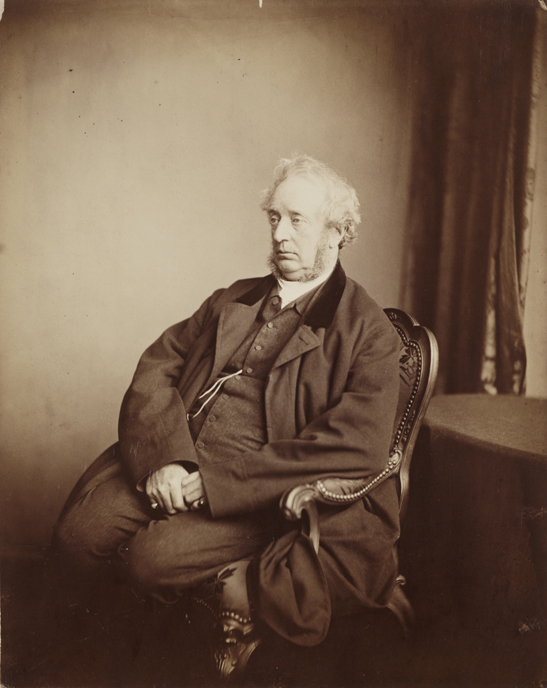
Thomas John Barnardo
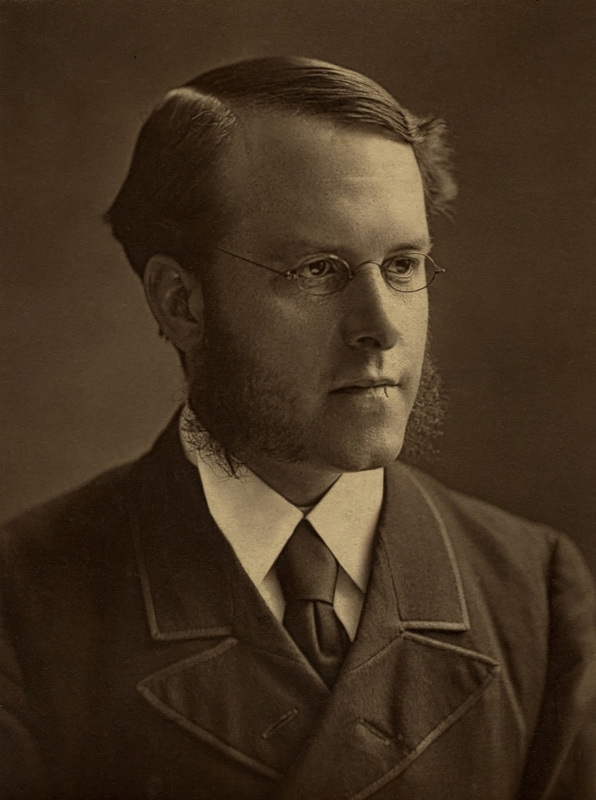
Eugène Durieu
Durieu was a lawyer and early advocate and practitioner of photography in France who, in 1853–54, made a series of photographic studies of nude and costumed figures as models for artists. The French Romantic painter Eugène Delacroix helped him pose the figures and later praised the prints, from which he sketched, as "palpable demonstrations of the free design of nature."
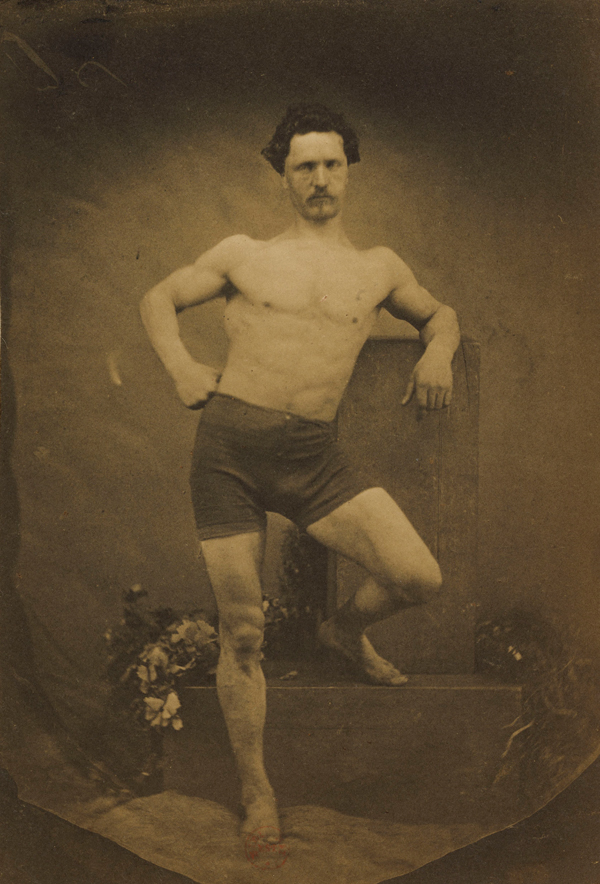
Lady Filmer
In Victorian England, aristocratic women produced new meanings for photographs by cutting them up and pasting them into elaborate watercolor scenes. Lady Filmer employed photocollage to bolster her position in society. Here she placed herself at the heart of a gathering of fashionably attired friends and family, making a photocollage album—that is, performing the very activity that produced this work.
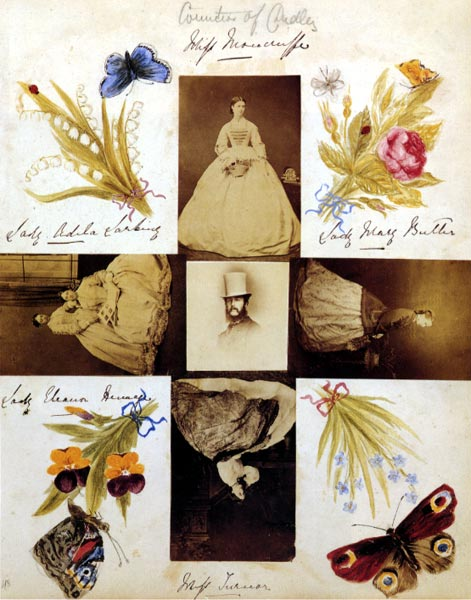
Lady Clementina Hawarden
Clementina Hawarden grew up in Scotland and England, but moved in 1857 with her husband Cornwallis Maude, 4th Viscount Hawarden, to his estate in Dundrum, Co. Tipperary, Ireland. She apparently took her first photographs, stereoscopic landscapes, in late 1857 or early 1858.
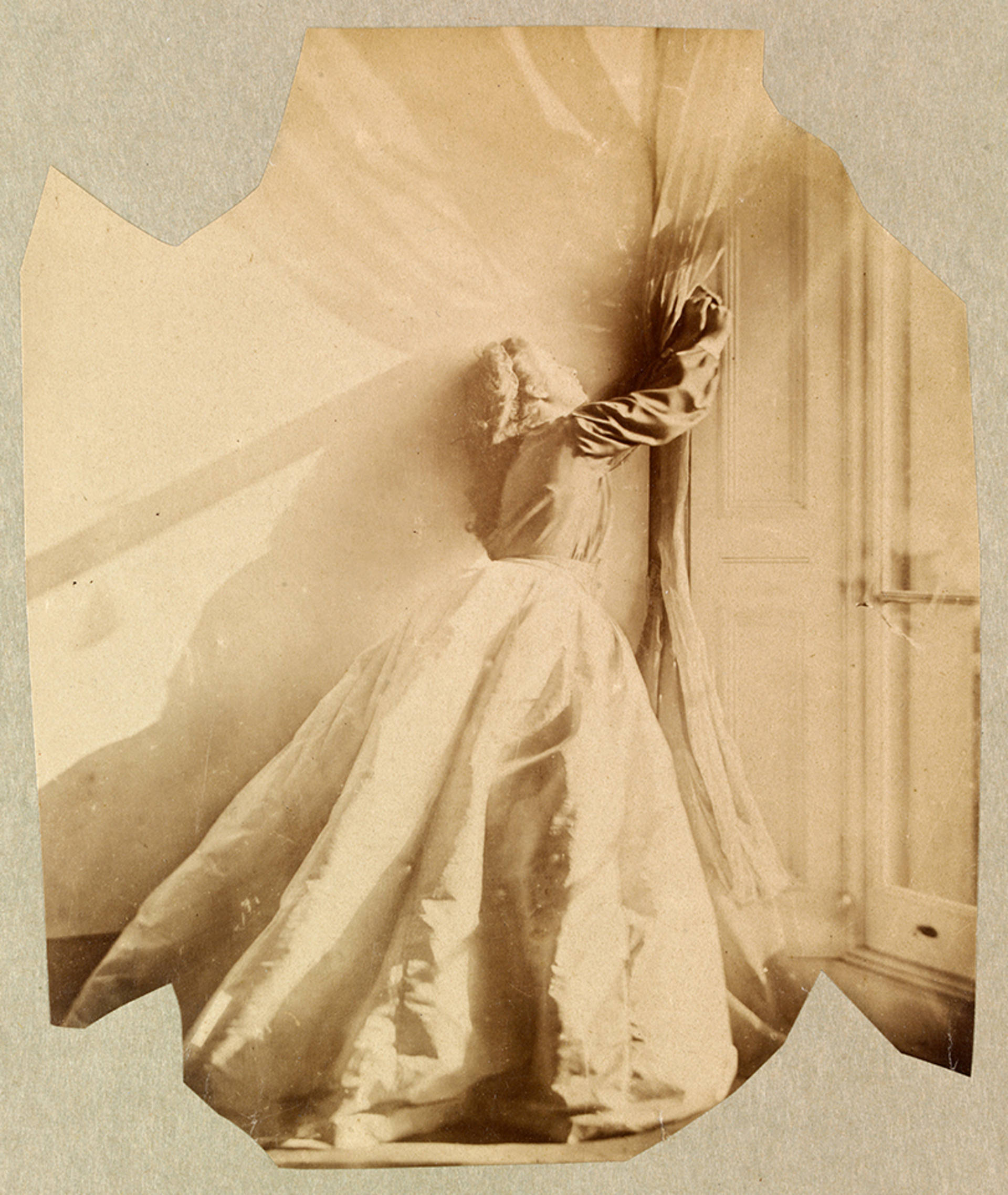
Alfred H. Wall
This carefully staged tableau was among the most widely admired Victorian photographs. Price self-consciously sought to elevate the still-new medium to the level of "high art" by emulating the ambitious literary subjects, expressive gestures, and period details of grand history painting.
Richard Cockle Lucas
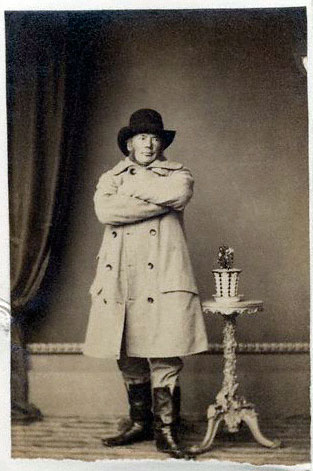
Dante Gabriel Rossetti
With Holman Hunt and John Everett Millais, Rossetti formed the Pre-Raphaelite Brotherhood in September 1848. The group derived its name from a desire to revert to a tradition of simplicity and realism that was found in early Italian art; they aimed to achieve a high degree of fidelity in reproducing nature and detail. Rossetti devised the Brotherhood’s magazine,
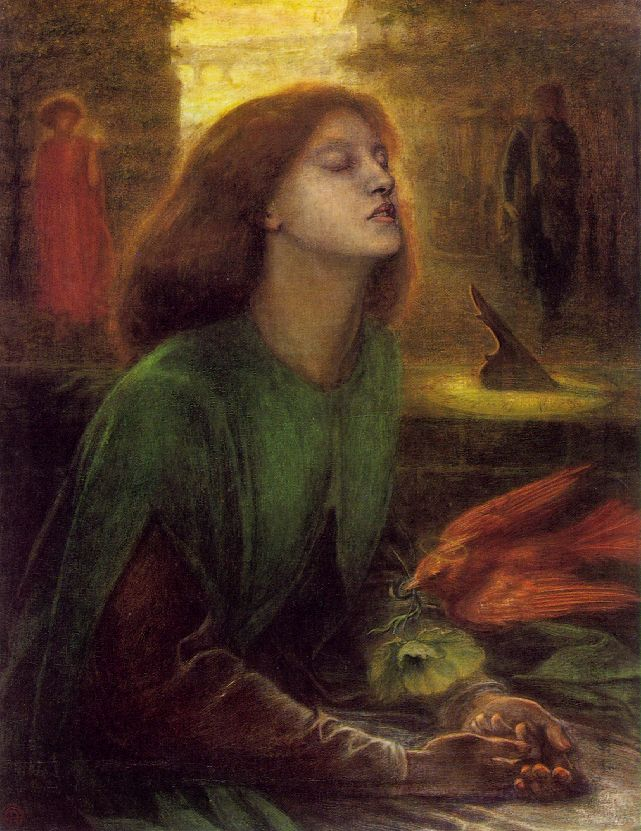
Gustave Courbet
French painter and writer. Courbet’s glory is based essentially on his works of the late 1840s and early 1850s depicting peasants and labourers, which were motivated by strong political views and formed a paradigm of Realism. From the mid-1850s into the 1860s he applied the same style and spirit to less overtly political subjects, concentrating on landscapes and hunting and still-life subjects
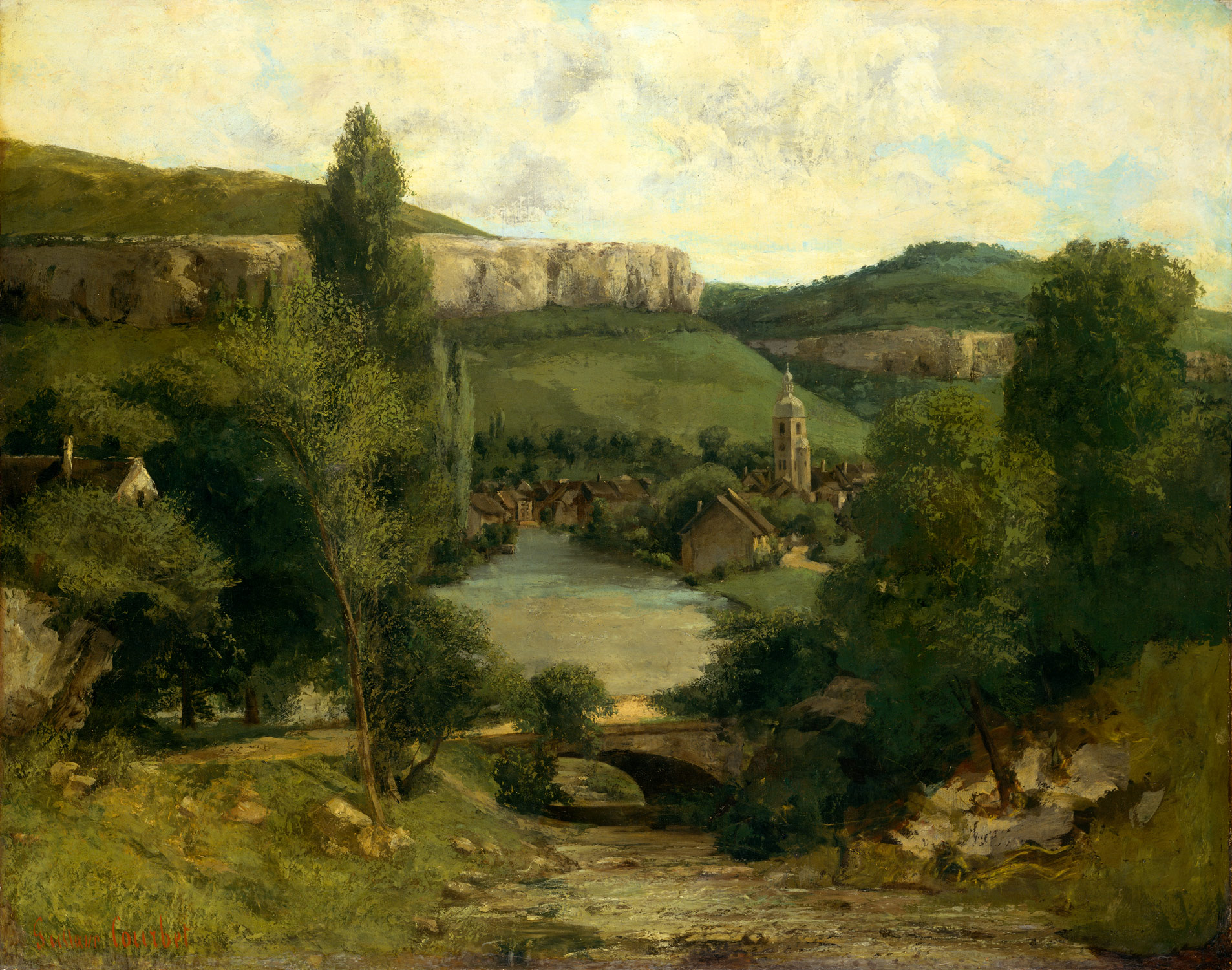
Eugène Delacroix
“As far as I am concerned, I can only say how much I regret such an admirable discovery should have come so late ! The possibility of studying such images would have had an influence on me that I can only guess at from the usefulness which they have now, even in the little time left me for more intensive study. It is the tangible proof of nature’s own design, which we otherwise see only very feebly.”—Eugene Delacroix, quoted in "French Primitive Photography", Philadelphia 1969.
Charles Baudelaire
Charles Baudelaire, father of modern art criticism, was deeply ambivalent about modernity. Some of his concerns about the creative situation for the artist in a mechanically progressive age are displayed in this commentary on photography from the Salon review of 1859, the year most Baudelaire scholars consider his most brilliant and productive. In the twelve years between the 1846 review and this one, the poet’s contempt for the values of the middle-class establishment and the egalitarian “mob” had deepened.
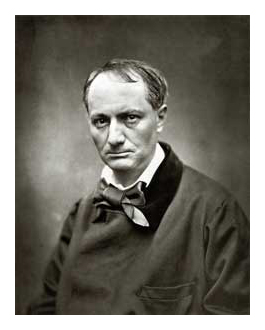
Edgar Degas
While Degas was aware of photography from the beginning of his career, he did not take up the medium until 1895, when he embraced it with great enthusiasm. By then, the motifs in his paintings and pastels-dancers, women at their toilette, horses, and even his rare forays into landscape-were established, as were his untraditional viewpoints, lighting effects, and compositions; what was novel was his approach to his materials. Characteristically, he eschewed the accepted standards of photographic practice, the decreed fashions of the portrait studio, and the aesthetics of the "Photo-Club" artist; instead, his technique was driven exclusively by the effect he wished to achieve.
Three Spirits, William H. Mumler
In the early 1860s Mumler became the first producer and marketer of “spirit photographs,” portraits in which hazy figures, presumed to be the spirits of the deceased, loom behind or alongside living sitters. He quickly garnered the support of the burgeoning Spiritualist movement, which held that the human spirit exists beyond the body and that the dead can—and do—communicate with the living.
Nadar Raising Photography to the Height of Art, Honore Daumier

Don Quixote in His Study, William Lake Price
Clementina, Lady Hawarden, is a poetic, if elusive, presence among nineteenth-century photographers. As a devoted mother, her life revolved around her eight children. She took up photography in 1857; using her daughters as models, she created a body of work remarkable for its technical brilliance and its original depiction of nascent womanhood.
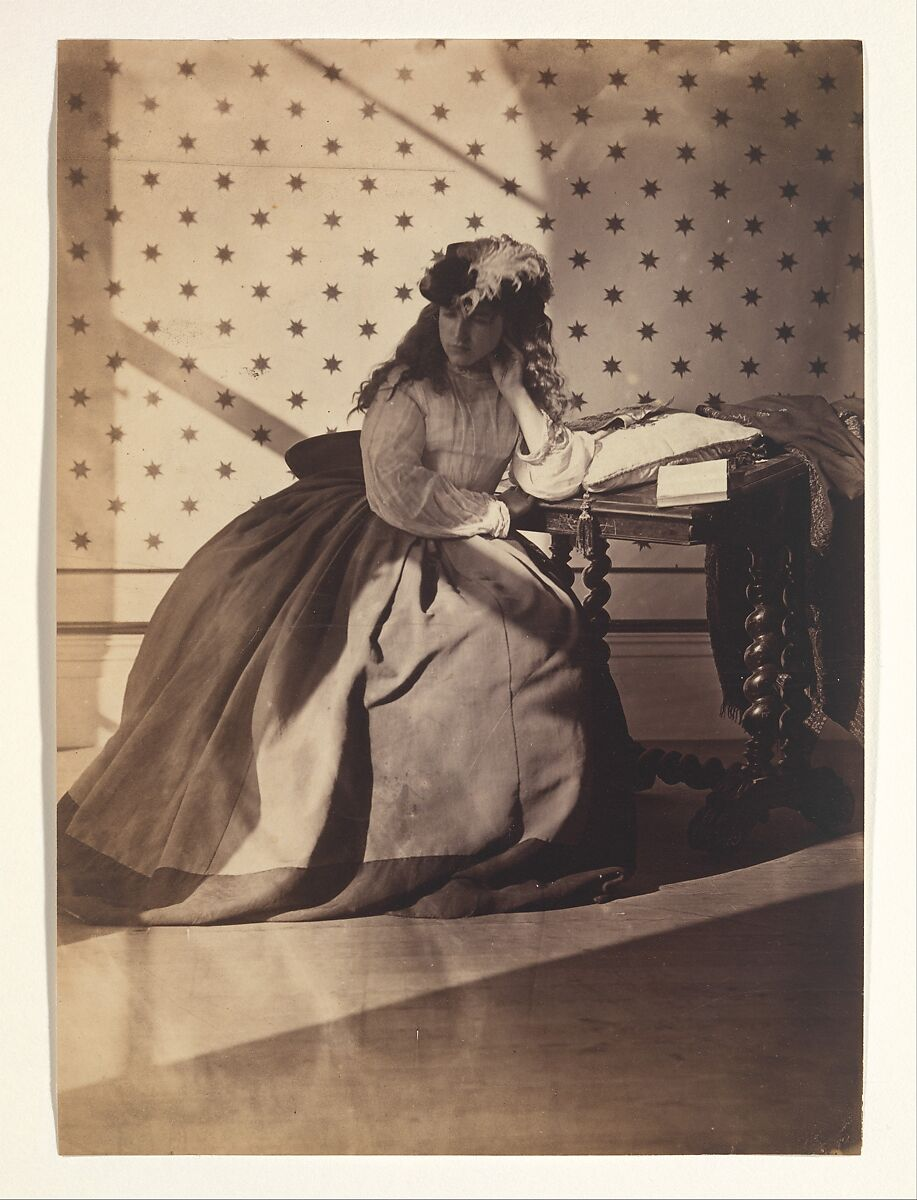
Untitled, Lady Filmer
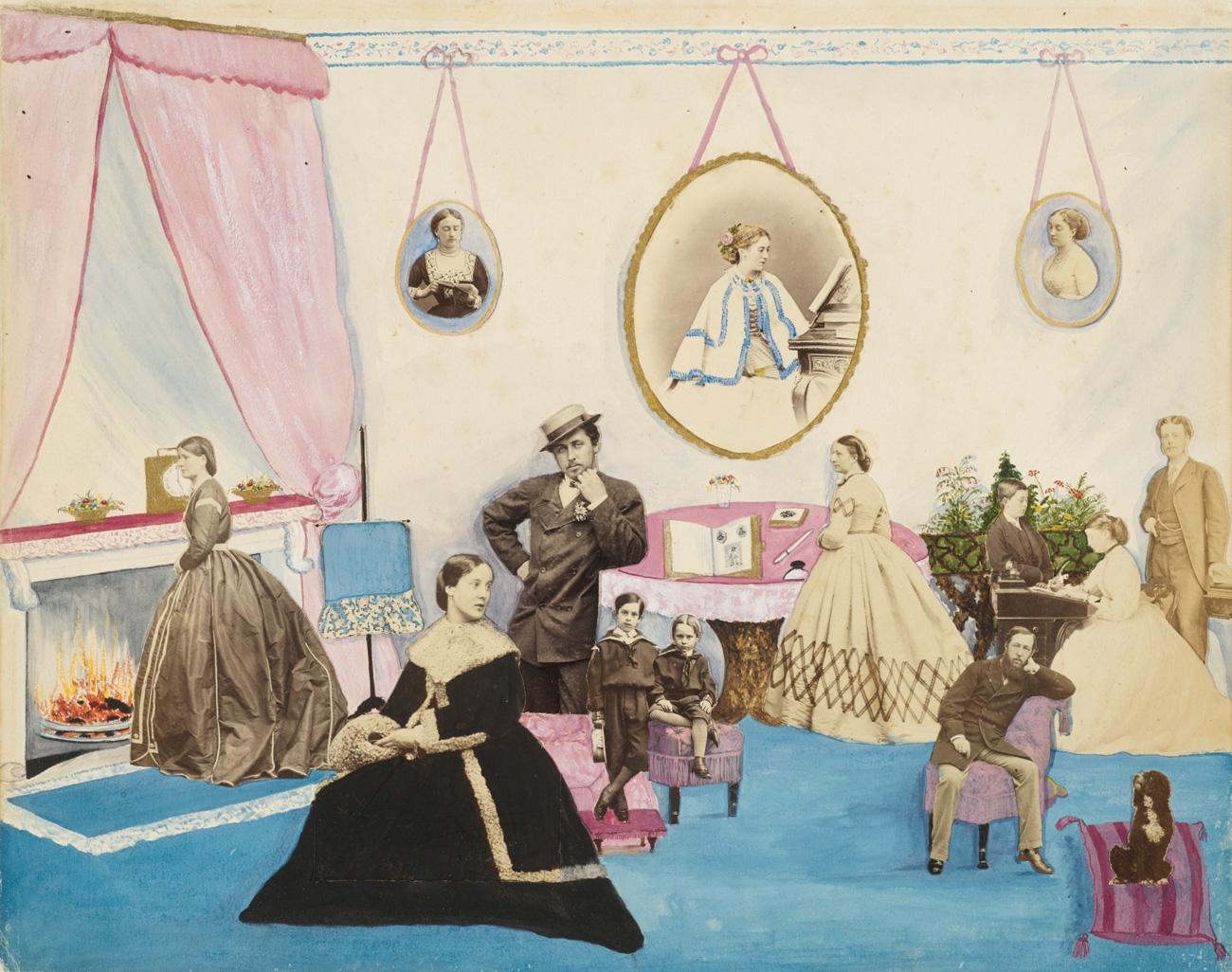
Alice Liddell as The Beggar Maid, Lewis Carroll
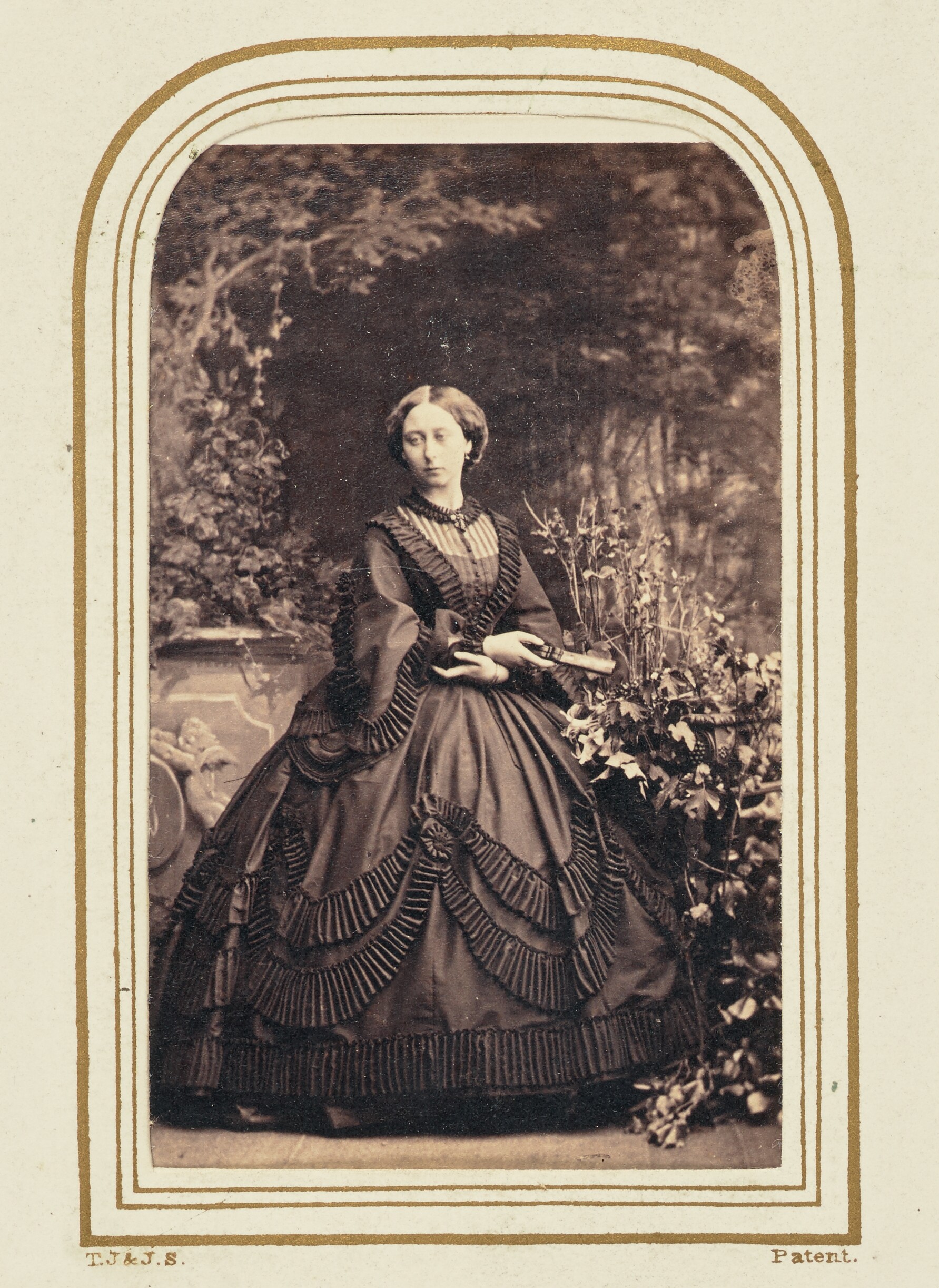
Two Ways of Life, Oscar G. Rejlander
Seeking to elevate photography to the status of fine art, Rejlander created The Two Ways of Life in imitation of traditional history painting. His photograph illustrates the protagonist’s allegorical choice between vice and virtue, with lust, gambling, and idleness represented on the left side and righteous prayer, marriage, and charity on the right. After photographing each figure and background separately, Rejlander combined more than thirty negatives to create this complex scene.
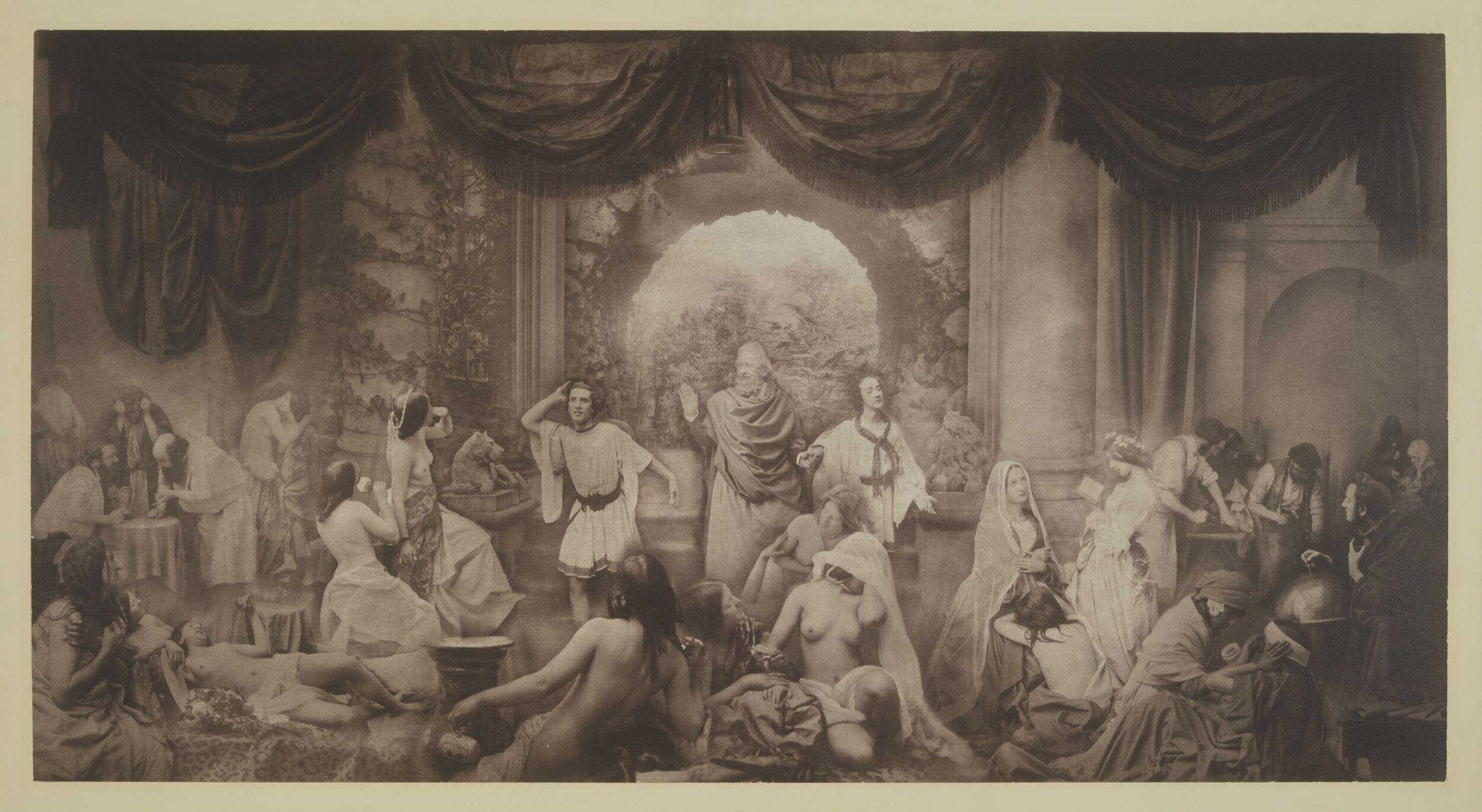
The Bachelor's Dream, Oscar G. Rejlander

A Necromancer, from Studies of Expression, R.C. Lucas
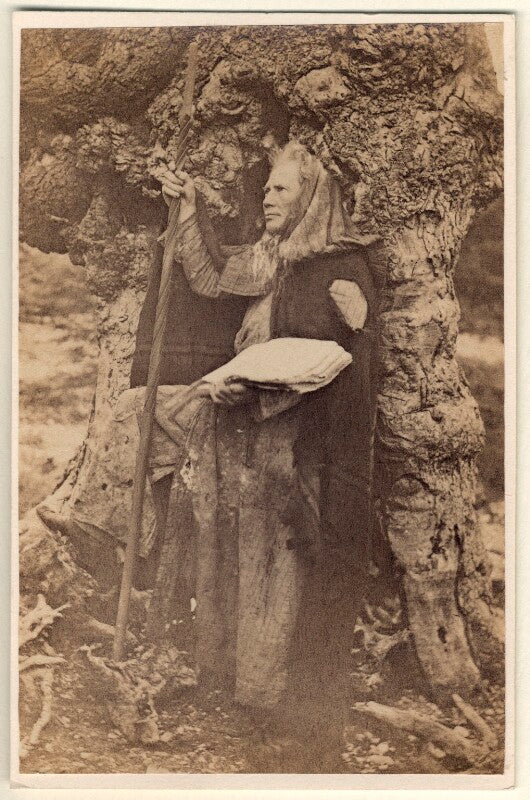
Fading Away, Henry Peach Robinson
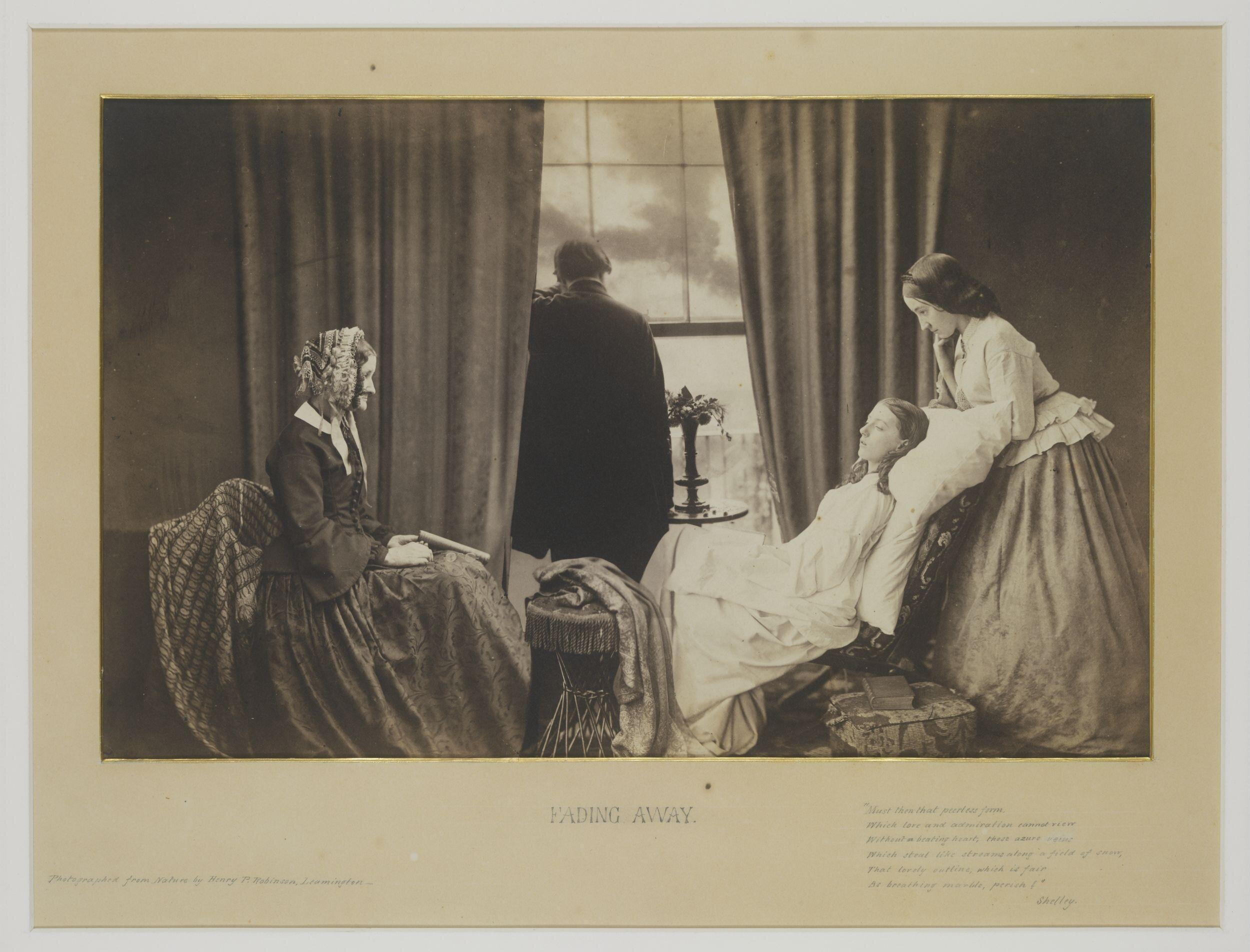
Sir John Herschel, Julia Margaret Cameron
Sir John Herschel (1792–1871) was Victorian England’s preeminent scientist, astronomer, and mathematician, considered the equal of Sir Isaac Newton. Cameron met him in 1836 in Capetown, South Africa, where she was recuperating from illness and he was charting the stars of the southern hemisphere and recording the native flora. Just a few years later Herschel wrote to her in Calcutta of Henry Talbot’s invention of photography and sent her the first photographs she had ever seen—scientific discoveries that were “water to the parched lips of the starved,”
Sappho, Julia Margaret Cameron
Mary Hillier, a beautiful young house servant at Dimbola, Cameron's home in Freshwater, was often pressed into photographic service, frequently in the role of the Virgin Mary. She managed to assume her various guises in a remarkably unselfconscious way, projecting both gentleness and strength of character.
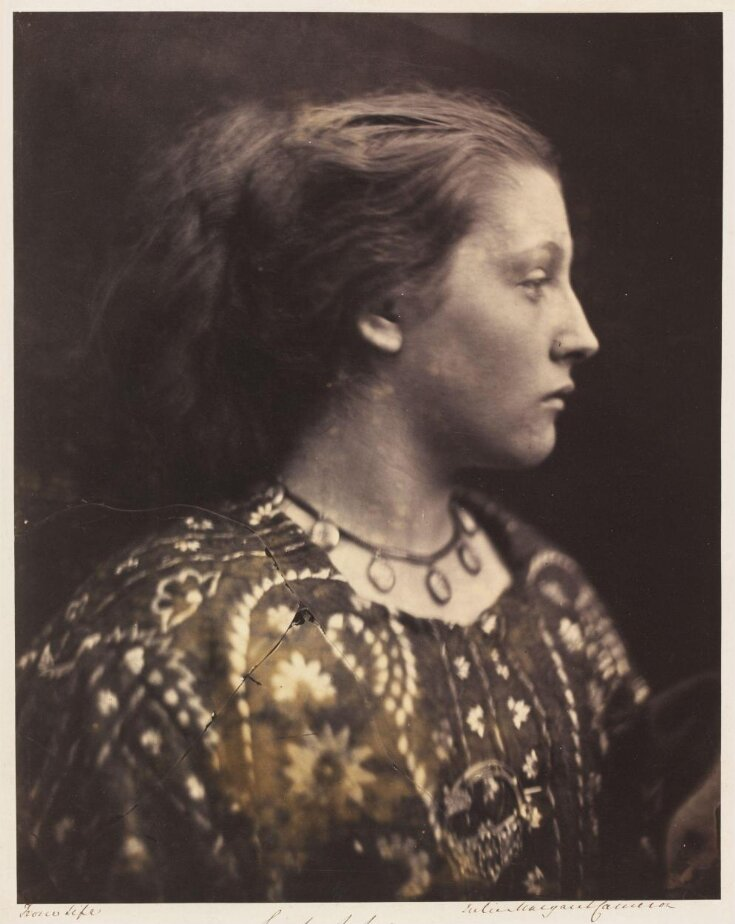
Mary Todd Lincoln, William H. Mumler
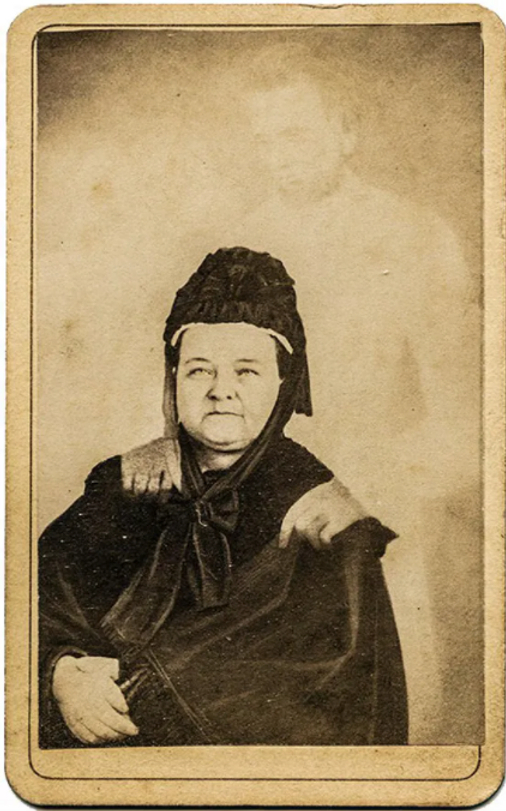
Alice and the Fairies, Elsie Wright and Frances Griffiths
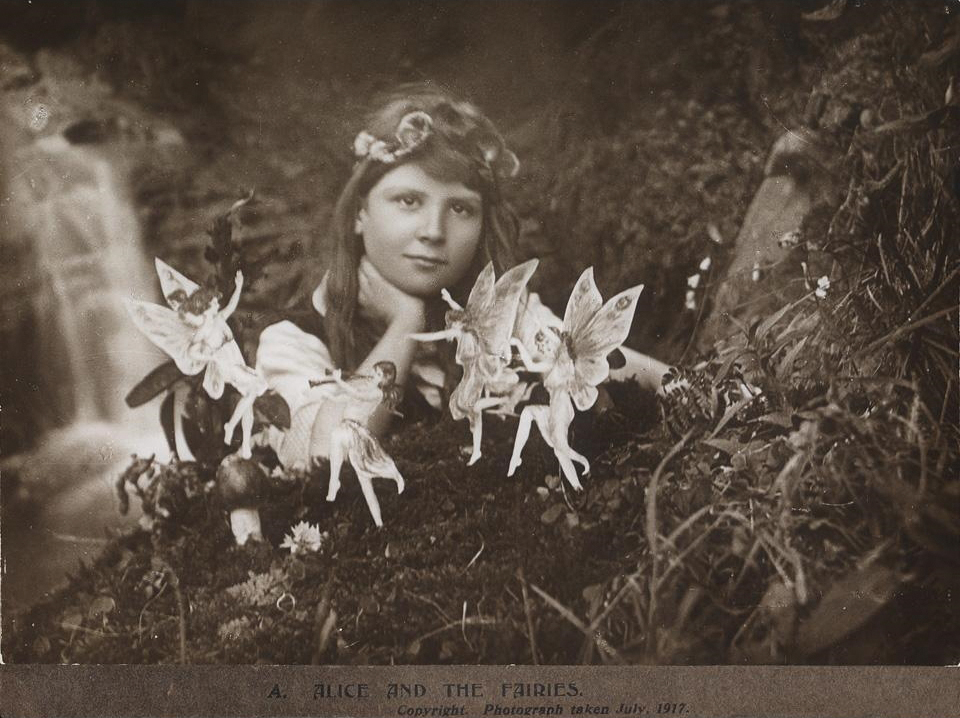
Mental Patient, Dr. Hugh Welch Diamond
Mecanisme de la physionomie humaine ou analyse electro-physiologique de l’expression des passions, G.B. Duchenne De Boulogne.
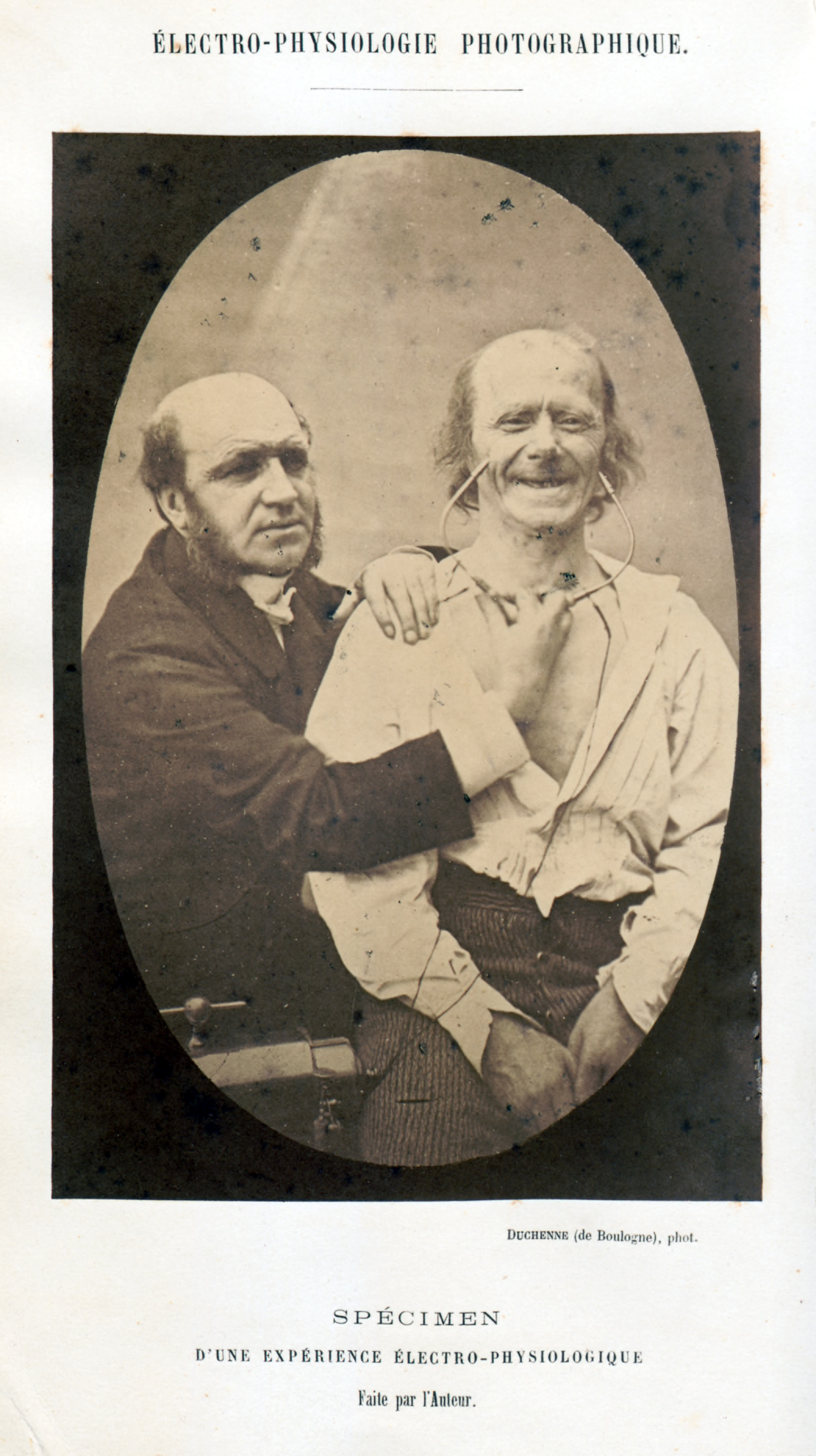
No. 35, Buy Daily News or Echo! Thomas John Barnes
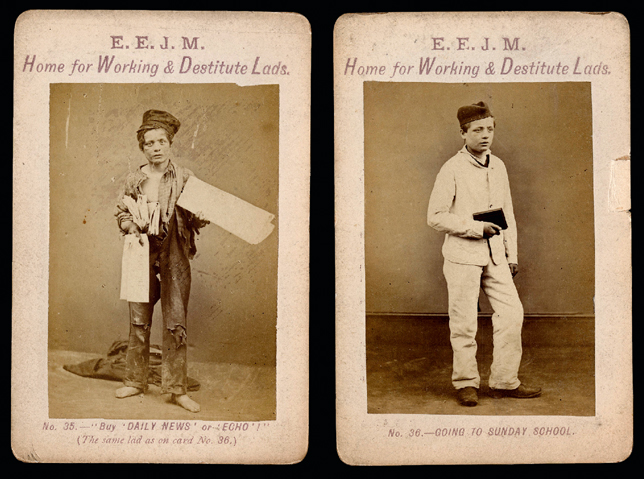
combination print
At its simplest, combination printing may be little more than the use of two separate negatives made of the landscape and the sky that are printed together. This technique was used to compensate for orthochromatic negatives that could not properly record the sky and scenery in a single exposure.
abozzo
abbozzo - In painting, blocking in — the first sketching done on the canvas, and also the first underpainting. In sculpture, a mass of material that has been carved or manipulated into a rough form of the ultimate work. Italian for "sketch." - ArtLex
realism
Movement in mid- to late 19th-century art, in which an attempt was made to create objective representations of the external world based on the impartial observation of contemporary life. Realism was consciously democratic, including in its subject-matter and audience activities and social classes previously considered unworthy of representation in high art.
symbolic, narrative allegory
The representation of an abstract quality or idea through a series of symbols or persons given symbolic meaning. Allegories were particularly popular in Renaissance and Baroque art. For example, Rubens's famous Allegory of War and PeaceLinks to an external site. (National Gallery, London) of 1629–30, the political sub-text of which was the desired peace between England and Spain, is enacted by Minerva, Goddess of Wisdom, driving away Mars, God of War, in order to protect the fulsome figure of Pax (Peace
The Pre–Raphaelites
The term Pre-Raphaelite, which refers to both art and literature, is confusing because there were essentially two different and almost opposed movements, the second of which grew out of the first. The term itself originated in relation to the Pre-Raphaelite Brotherhood, an influential group of mid-nineteenth-century avante garde painters associated with Ruskin who had great effect upon British, American, and European art.
tableaux
A tableau image is one whose meaning is dependent on our investing the photograph with our own train of narrative and psychological thought. It is the use of storytelling in a single image. It is a stand–alone picture. Tableau images can make references to many different subject areas… historically, tableau (tableau vivant) paintings have referenced subjects and scenes from everyday life, ordinary folk, and common activities as well as depicting famous events which were intended to glorify or to idealize, excessively,
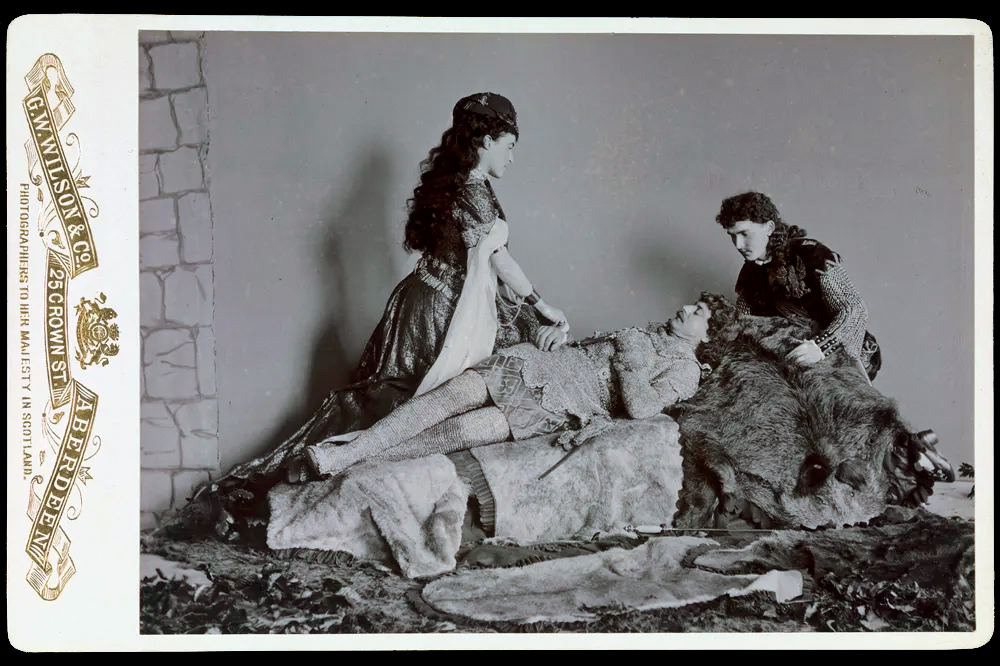
transcendentalism
transcendentalism - A philosophy holding that one can transcend experience in order to attain a higher plane of knowledge. May also refer to a literary and philosophical movement that flourished in New England in the middle of the nineteenth century. It is associated with Ralph Waldo EmersonLinks to an external site. (American, 1803-1882) and Henry David ThoreauLinks to an external site.(American, 1817-1862), who were influenced by such German philosophers as Immanuel KantLinks to an external site. (1724-1802). - ArtLex
abstraction
abstraction and abstract art - Imagery which departs from representational accuracy, to a variable range of possible degrees, for some reason other than verisimilitude. Abstract artists select and then exaggerate or simplify the forms suggested by the world around them. - ArtLex
Spiritualism
Spiritualism became a national sensation in the United States during the mid-19th and early 20th centuries after the movement spread in Europe and brought the practice of holding sances and seeking the guidance of mediums into American life, as well as a mass hysteria of reports of unexplained phenomena, such as "spirit rappings". As a result of this mass hysteria, many critics of Spiritualism made great efforts to try and debunk mediums and apparent witnesses of spirit activity,
spirit photography
With the rise of Spiritualism as a religious practice and national sensation, Americans were more desperate than ever for a connection with lost loved ones after the Civil War. This brought the concept of "spirit photography" into the mainstream, as photography became a more common practice among the middle and upper classes. Having your portrait taken was a brand new concept after the invention of the daguerreotype in 1838, therefore the proposition of having your portrait taken where you would be guaranteed to see the spirit of your loved one was extremely attractive to most Americans.
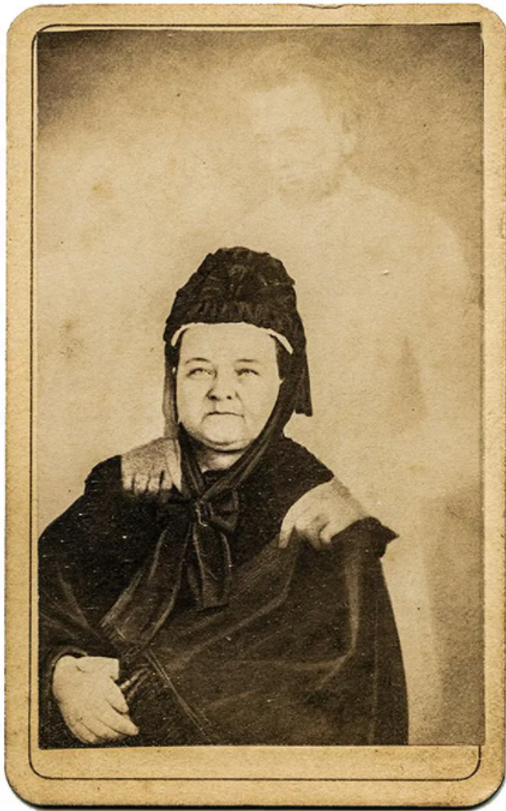
positivism
Positivism was founded by Auguste ComteLinks to an external site.. It is a doctrine that states that the only authentic knowledge is scientific knowledge, and that such knowledge can only come from positive affirmation of theories through strict scientific method, refusing every form of metaphysics.
metaphysical idealism
Metaphysical idealism proposes that reality has an ultimate nature that sense impressions do not reveal, that knowledge of that ultimate reality is attainable through perception and insight—ideas of the mind—and that people are not mere physical matter but spiritual beings with a life force. -Robert Hirsch